Playing with everyday materials from objects found on a curb side to the clutter bellying a corner shop, He Yida (b. 1980, China) mounts delicate sculptural compositions that challenge the aesthetics of everyday life, the relationships between objects and more broadly probe at the origins of art and its deference to monumentality. Born and living in Shanghai following studies in Fine Art at Chelsea College of Arts in London, He’s approach to the readymade is one of integration rooted in material. She identifies curvatures, textures, weights, and through a process of selection adopts the existing whilst assembling it as part of a new whole. As such, He creates her own language of sculpture: one that acknowledges the utilitarian purpose of the original but uses it as a springboard to build a palpable yet ambitious multi-dexterous theatre of objects.
A lynchpin of He’s work is relationships, particularly those between the objects themselves, and the surrounding space. As expressed by He, her language is “something that develops with having conversations inwards and outwards at the same time.” As such, one notes the delicate touch between the objects, the slithers of overlap, reliance, how the tones dance between each other and the whole carries presence whilst lightly resting. Consider, for example, ‘Hard Association’ (2013) composed of materials one would ordinarily skim across in a hardware store: glass, sponge, elastic band, plastic sheet, fabric, pu leather, paperclips. Propped against the wall the whole abstractly resembles objects our brain recognises, a broom or bat, perhaps. This initial associative impulse, however, is replaced by a subtle realisation of composition, how the foam flexibly folds, the playful contrast between the bubble pink and cyan blue, the rolls tentatively wedged between glass and wall, the precarious dangling of fabric. He’s compositions thus take on a bodily near humanist stance, in terms of how they come into being but also through their association of parts and space. Her sculptures exist as a result of each entity and the where, the whole occupying the presence of “a quiet, considered and nice surprise.”
In giving a voice to the visually overlooked, a new standing swerved by acknowledgement, He challenges the aesthetics of the ordinary. At first instance there is a probing of what we look at twice or indeed contemplate as beautiful, worth our gaze, engagement. Seemingly bearing the influence of Arte Povera through her use of ‘poor’ materials, He creates sculptural arrangements that appear effortless, ad hoc, but equally open – to interpretation, possibilities. Initial impressions are replaced by further observations, permitting a serial wave of consciousness, no one thought being the same as a prior. Exploring spatial planes, He carves through literal space whilst creating zones for contemplations of order. Indeed, He ignites human sensibility and emancipation, the allowance for us to feel and see something beyond the usual utilitarian blank. In so doing, He extends Walter Benjamin’s notion of ‘aura’ who explained that ‘even the most perfect reproduction of a work of art is lacking in one element: its presence in time and space, its unique existence at the place where it happens to be’, this unique cultural context i.e. ‘it’s presence in time and space’ being it’s ‘aura’. Despite Benjamin’s denigration of the pre-existing, He demonstrates how the readymade can be reconceived as something that is highly valued rather than deceptive and out of reach.
Through this exploration of relationships and assignations of value, He mounts a considered, calm and confident defiance of venerated monumentality. Observing artistic, societal and and social celebrations of the magnanimous, He departs from the common rhetoric, exploring the overlapping fields between elite and plebeian, shying away from the purported high-end and macroscopic narratives. He’s creations, at times awkward but always curious, convey an inescapably touching sense of care, a dismantling of boundaries, which in itself is exquisite, but more broadly, calls for an awareness and breakdown of the assumed.
He Yida currently lives and works in Shanghai. Her solo exhibitions include: Right Misplacement (A+ Contemporary, Shanghai, 2016), In Case (C-Space, Beijing, 2013). Her selected group exhibitions include: A Tree Fell in the Forest, and No One’s There (Power Station of Art, Shanghai, 2018), Condo Shanghai: Soul of the Soulless (Edouard Malingue Gallery, Shanghai, 2018), One Second Ago (Edouard Malingue Gallery, Hong Kong, 2017), NAN KAN: Inexplicit Ethics and De-ranking Perspective (Surplus Space, Wuhan, 2016), Daily Formalism (BANK, Shanghai, 2016), Alchemy (Between Art Lab, Shanghai, 2015), Peepshow (Long March Space, Beijing, 2015), Follow (MOCA Shanghai, Shanghai, 2011).
He Yida B. Shanghai, China, 1980
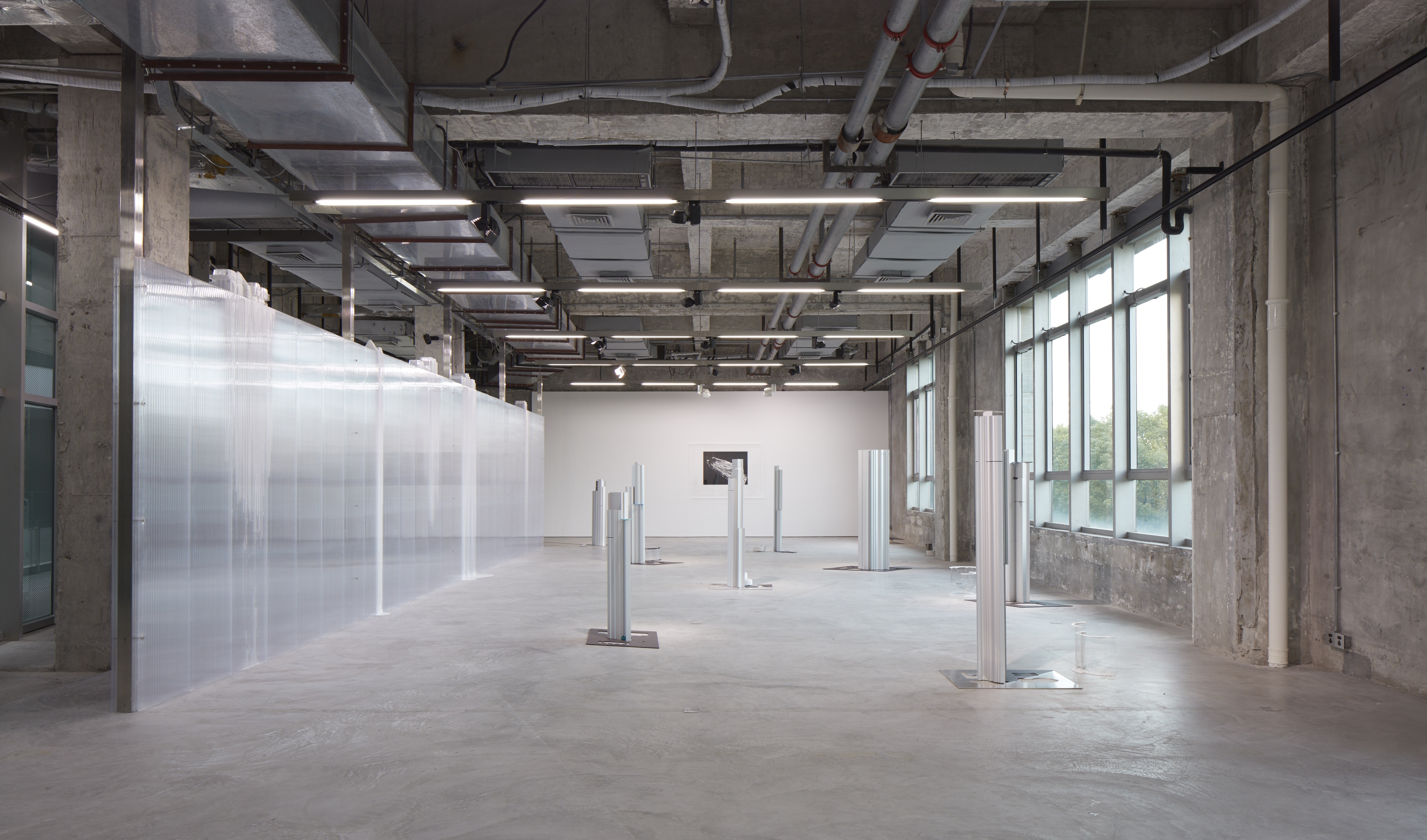
“Dwells in the Solid Shadow of the Unreachable”, Edouard Malingue Gallery, Shanghai, 2019

“Dwells in the Solid Shadow of the Unreachable”, Edouard Malingue Gallery, Shanghai, 2019

“Dwells in the Solid Shadow of the Unreachable”, Edouard Malingue Gallery, Shanghai, 2019
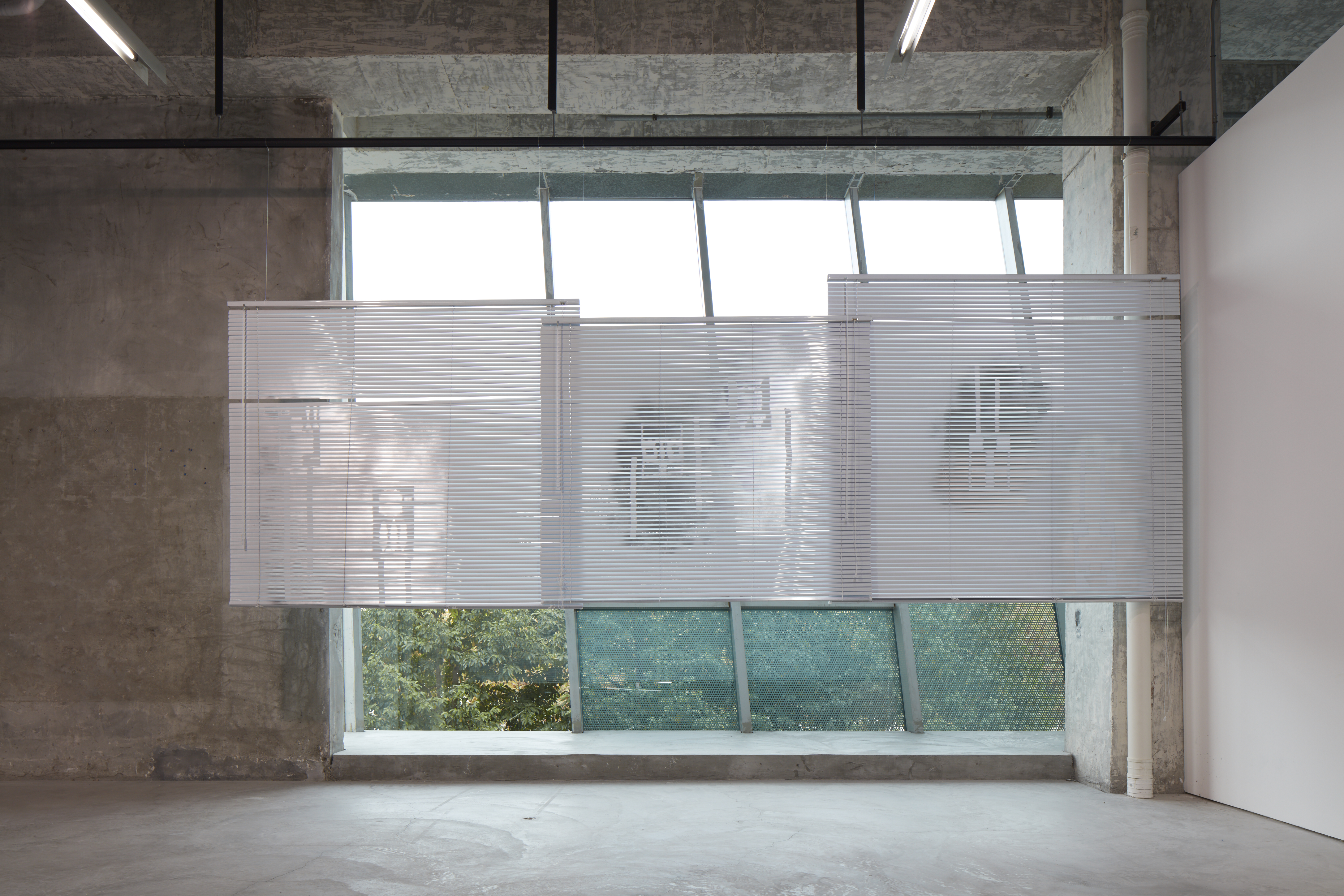
“Dwells in the Solid Shadow of the Unreachable”, Edouard Malingue Gallery, Shanghai, 2019
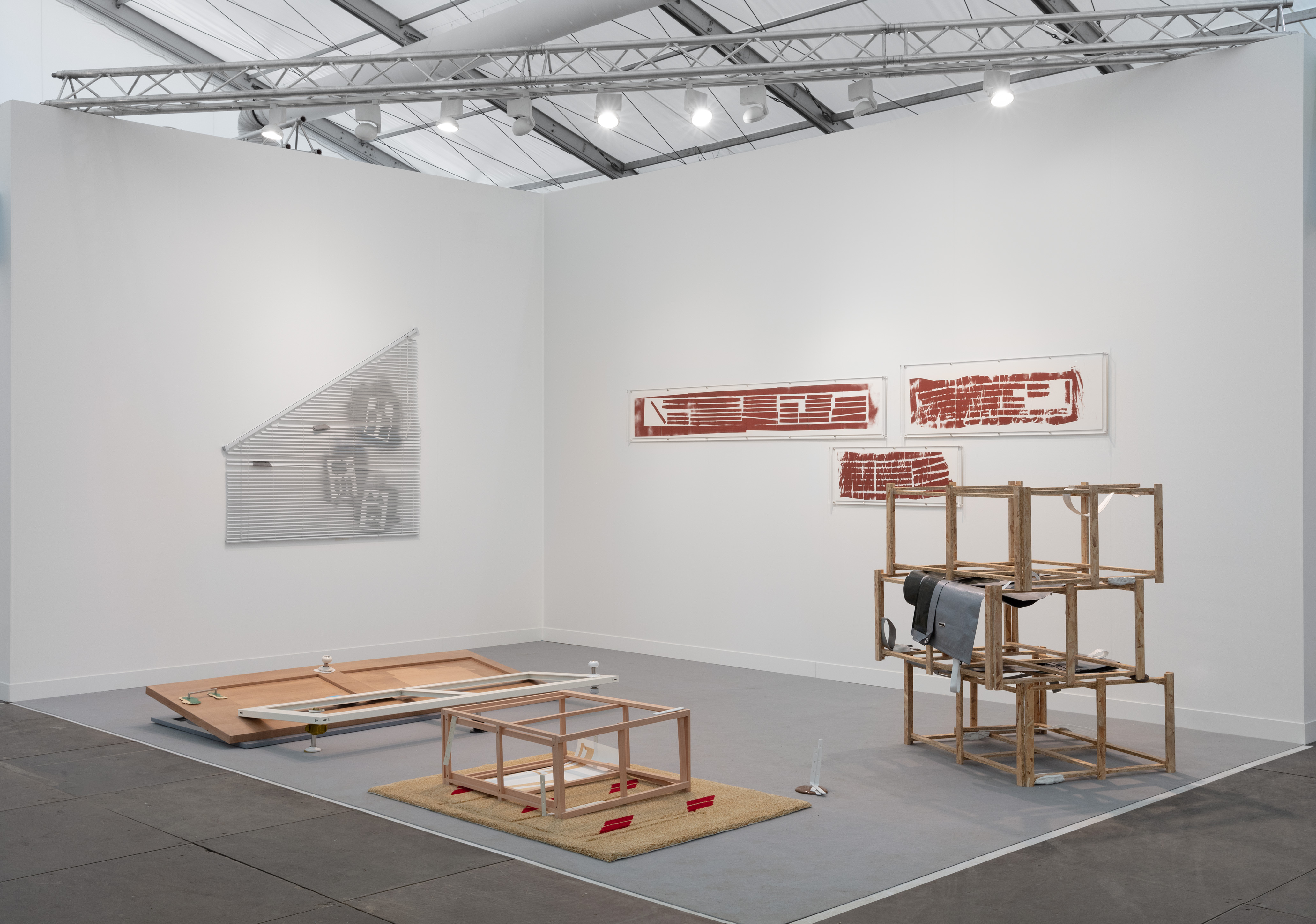
Edouard Malingue Gallery, Frieze London, 2019
Image courtesy of Edouard Malingue Gallery
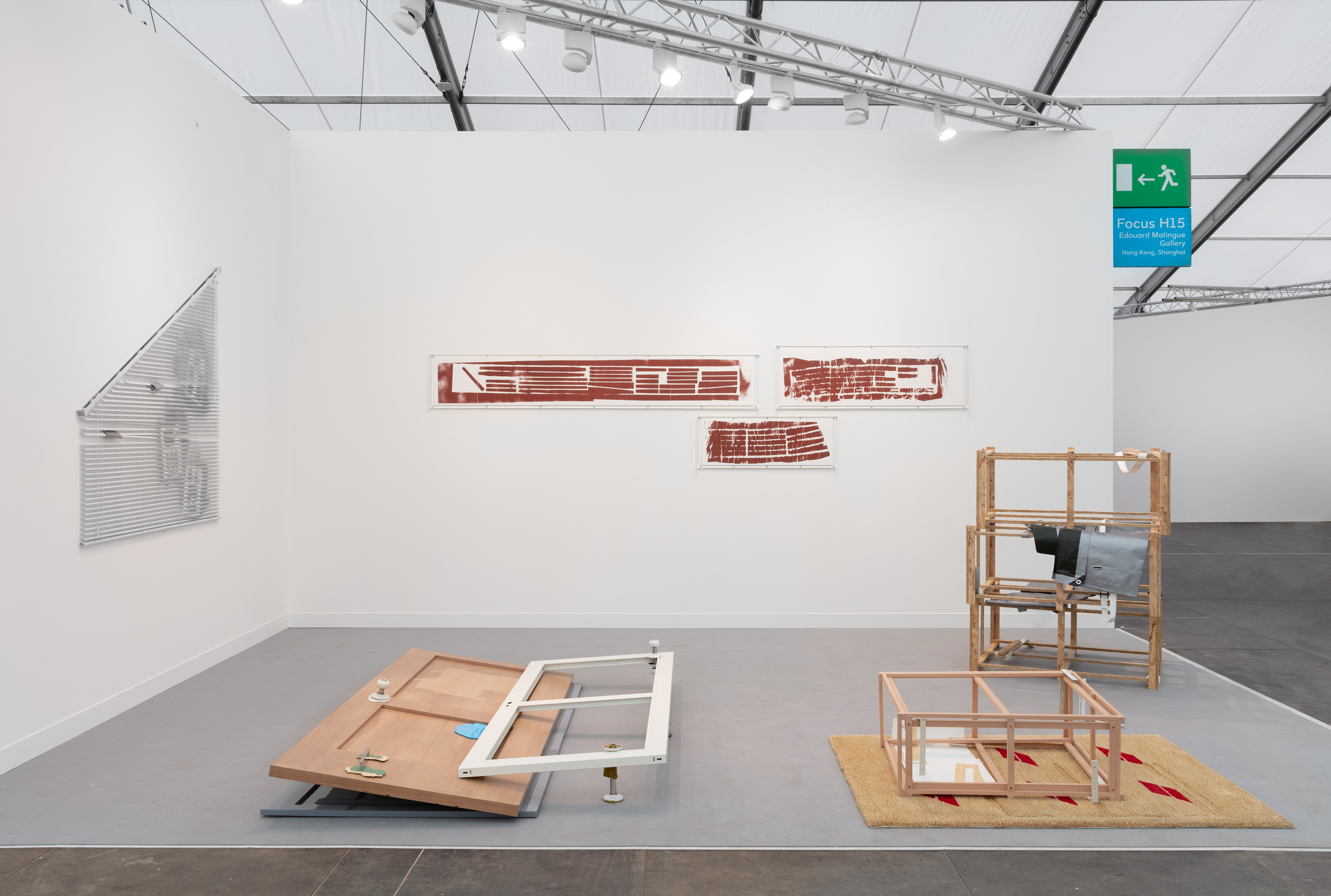
Edouard Malingue Gallery, Frieze London, 2019
Image courtesy of Edouard Malingue Gallery

Edouard Malingue Gallery, Frieze London, 2019
Image courtesy of Edouard Malingue Gallery
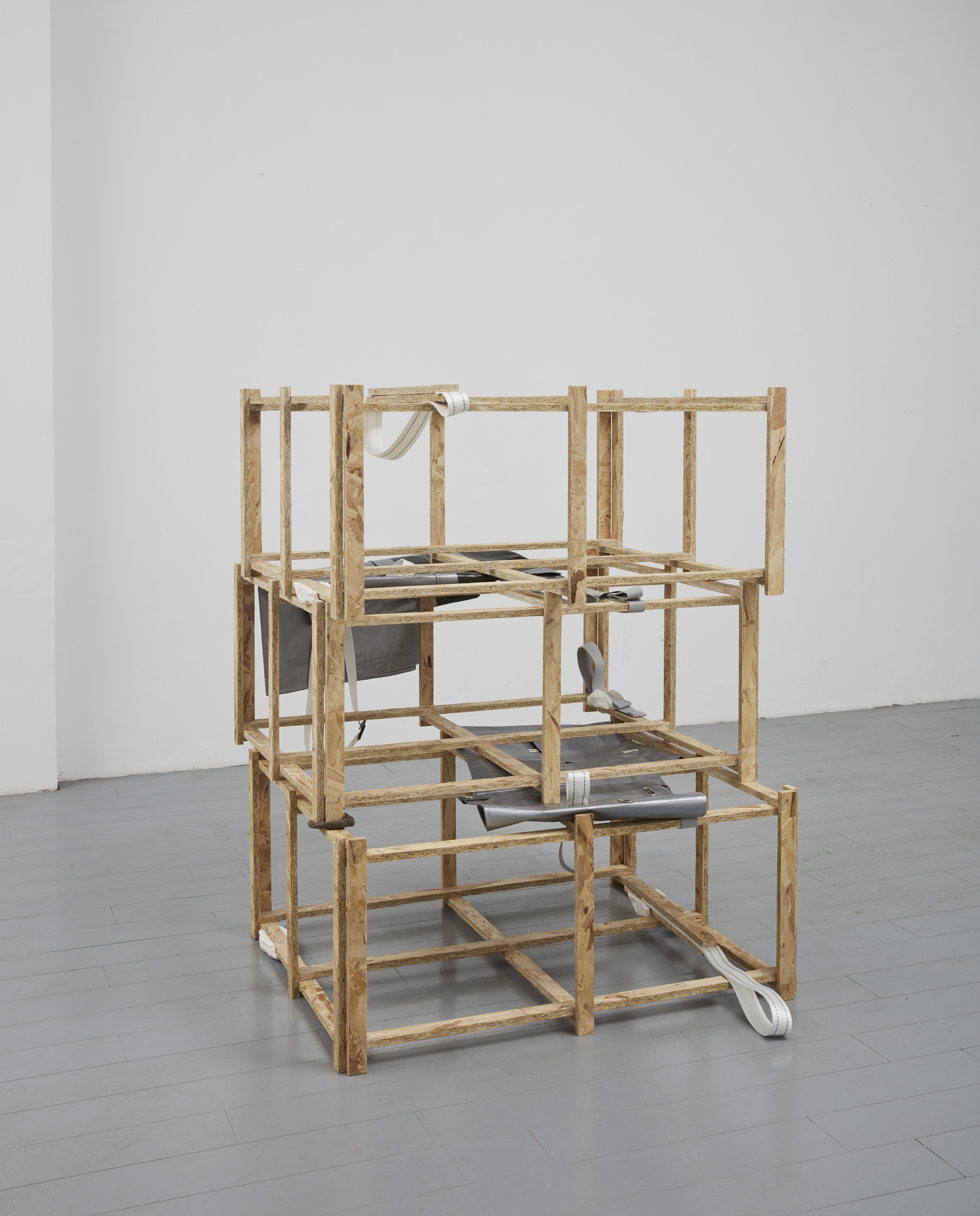
2019
OSB timber batten, truck tarp, strap, eyelet, ceramic, paper mache, lightweight clay, gaff tape
130 x 120 x 100 cm
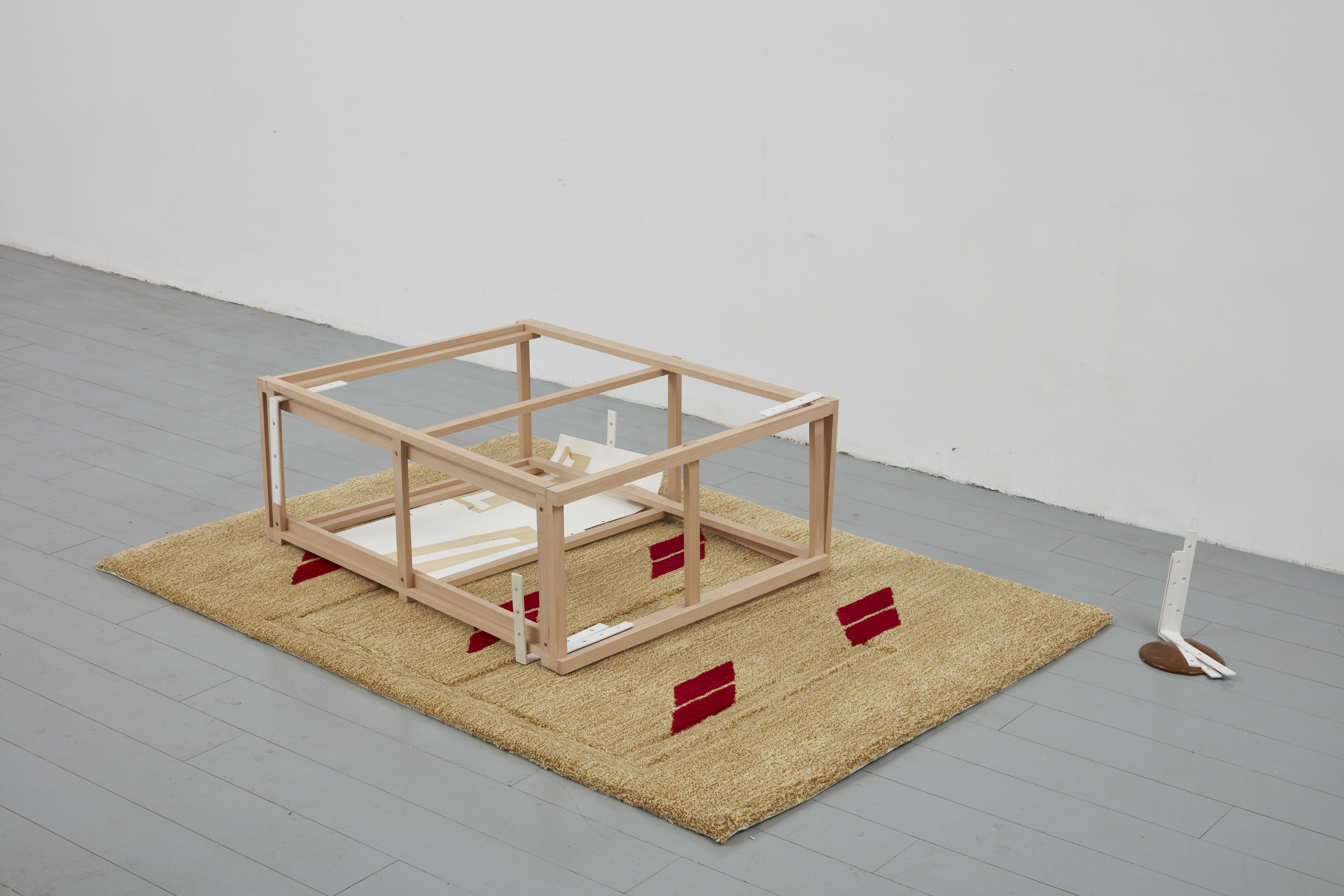
2019
Timber, ceramic, rug, vynal, paper, metal corner bracket, plastic
36 x 180 x 110 cm
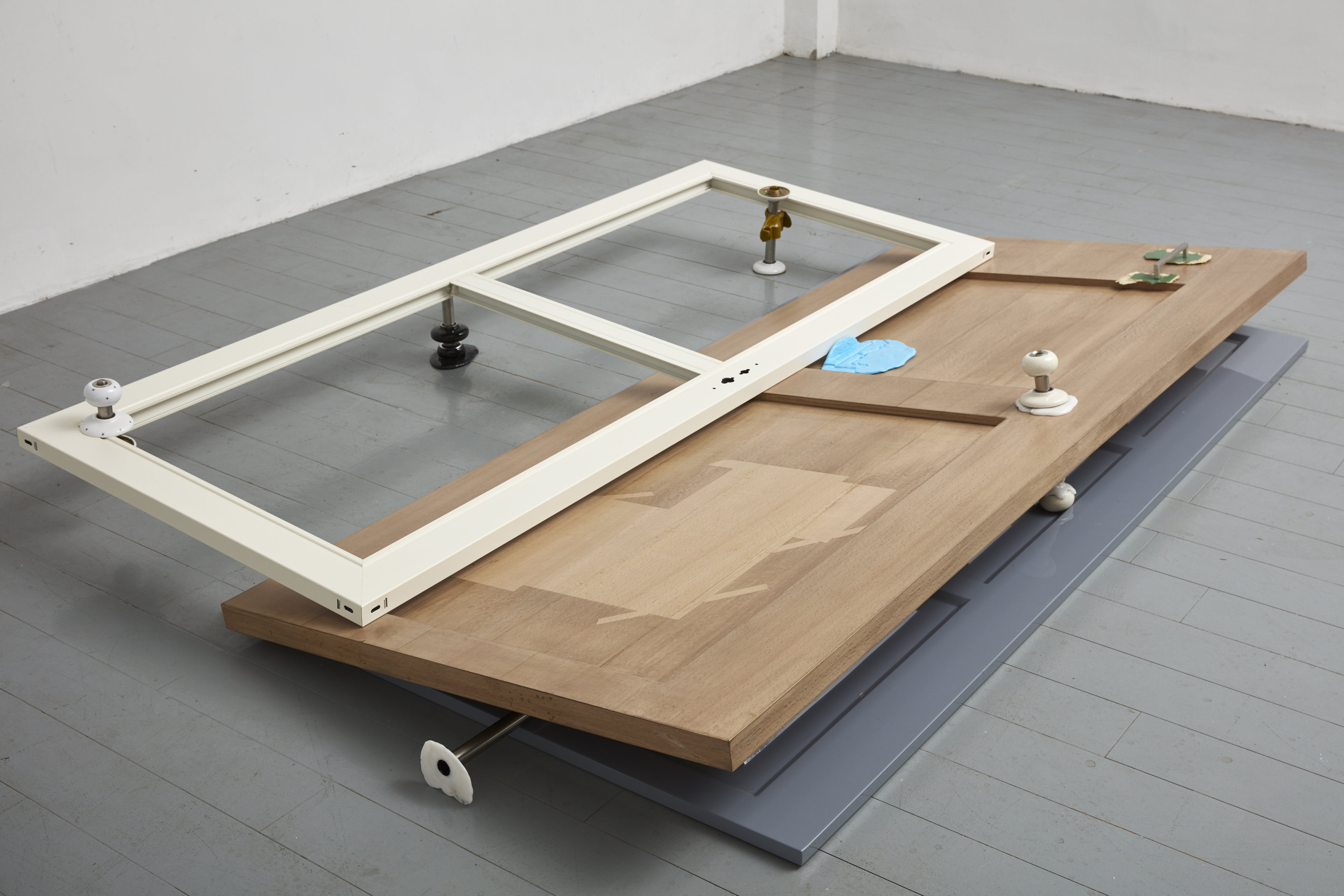
2019
Timber, aluminum alloy, ceramic, plastic, stainless steel tube
40 x 210 x 135 cm
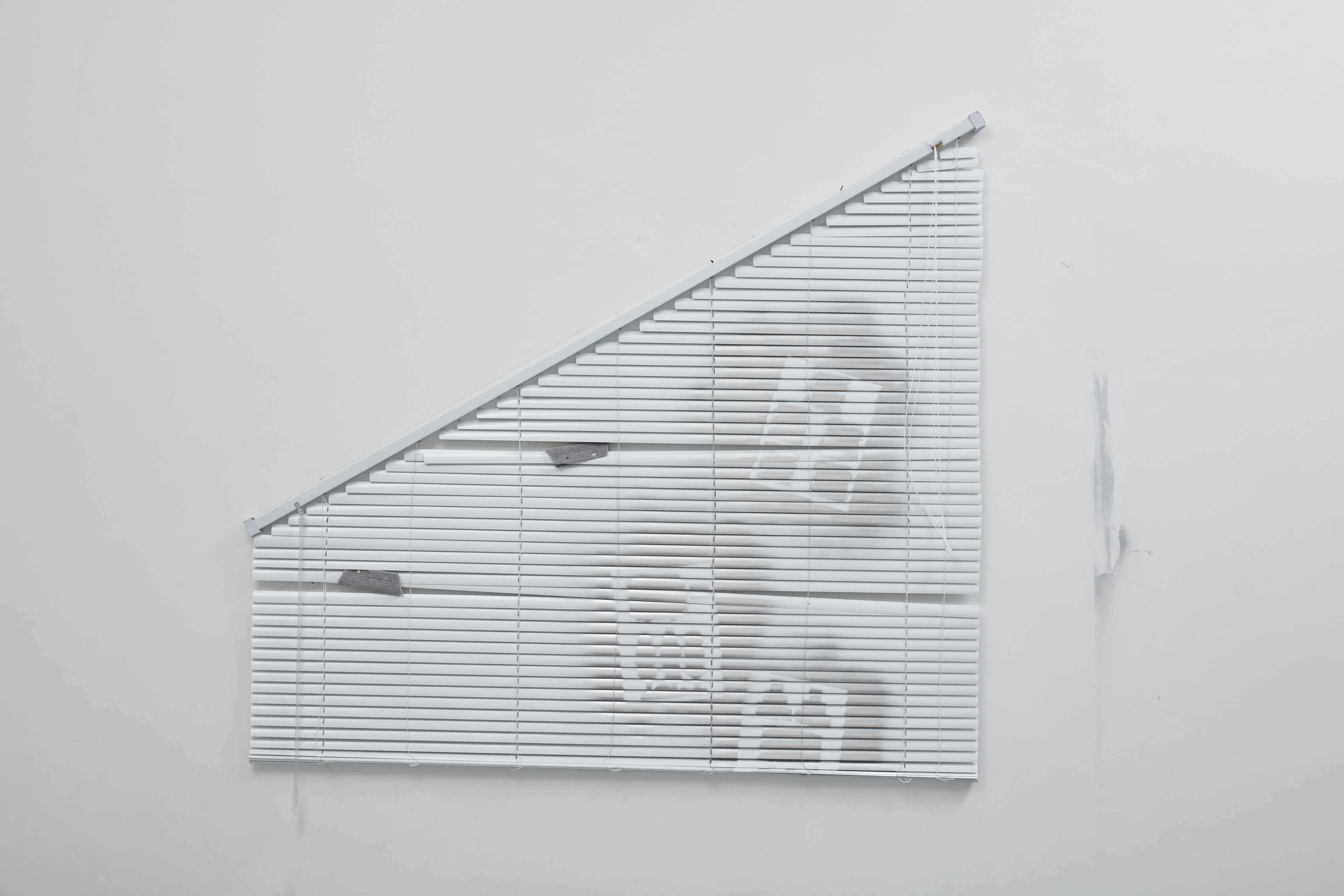
2019
Window blinds, hard sponge, screw, chrome spray paint
140 x 150 x 3 cm
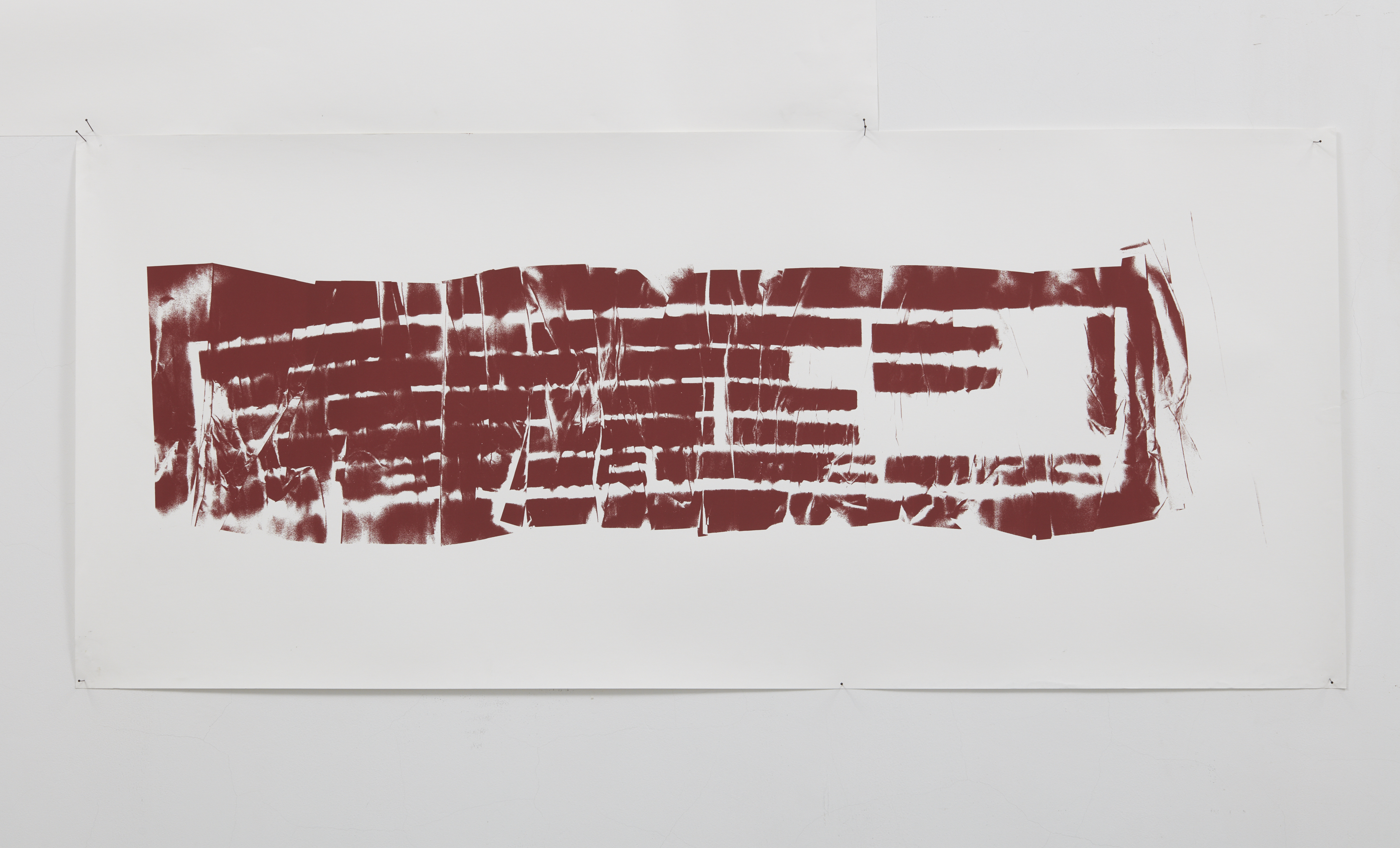
2019
Paper, ink, acrylic
Paper: 40 x 128 cm; Frame: 44 x 134 x 4 cm
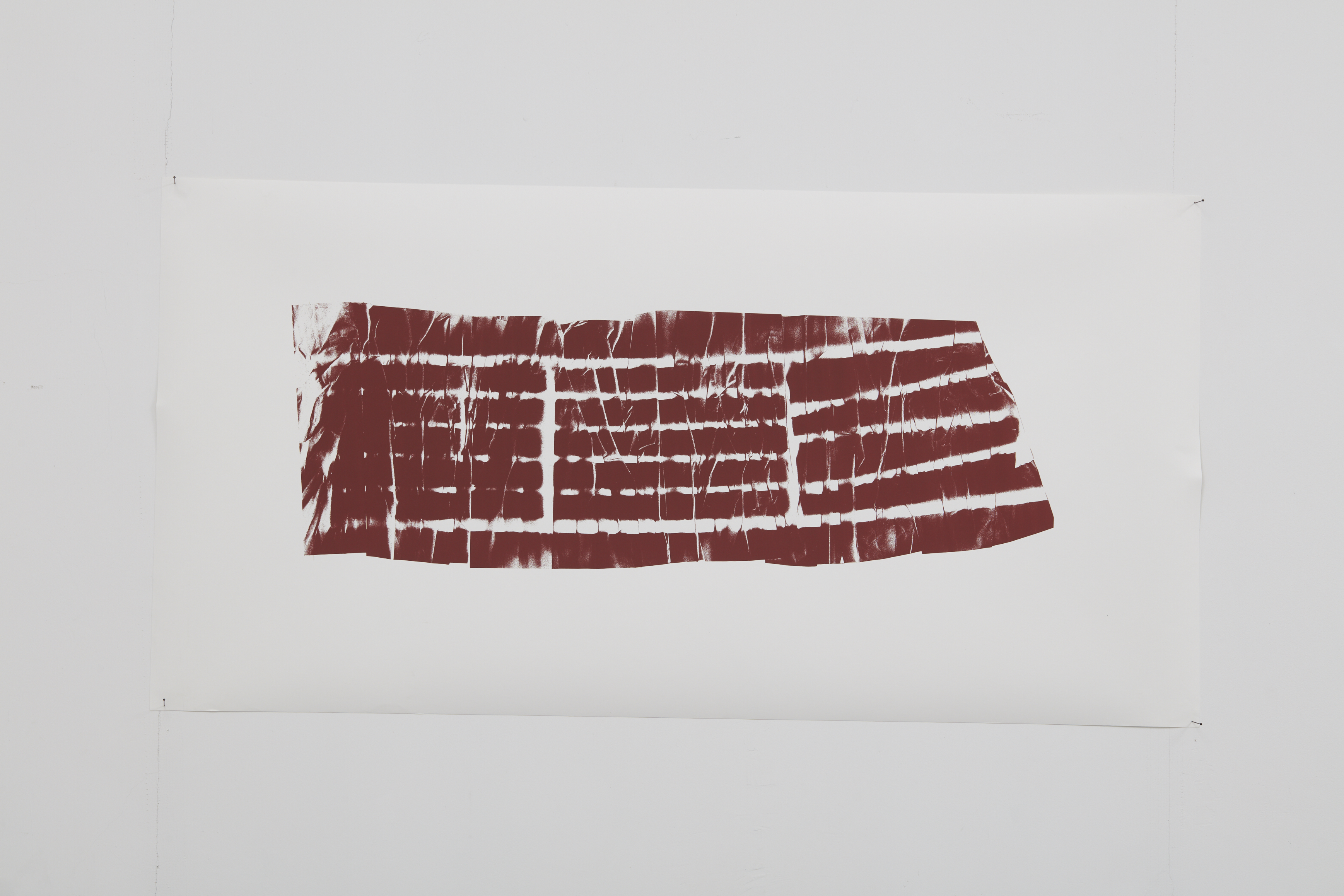
2019
Paper, ink, acrylic
Paper: 32 x 92 cm; Frame: 36 x 98 x 4 cm
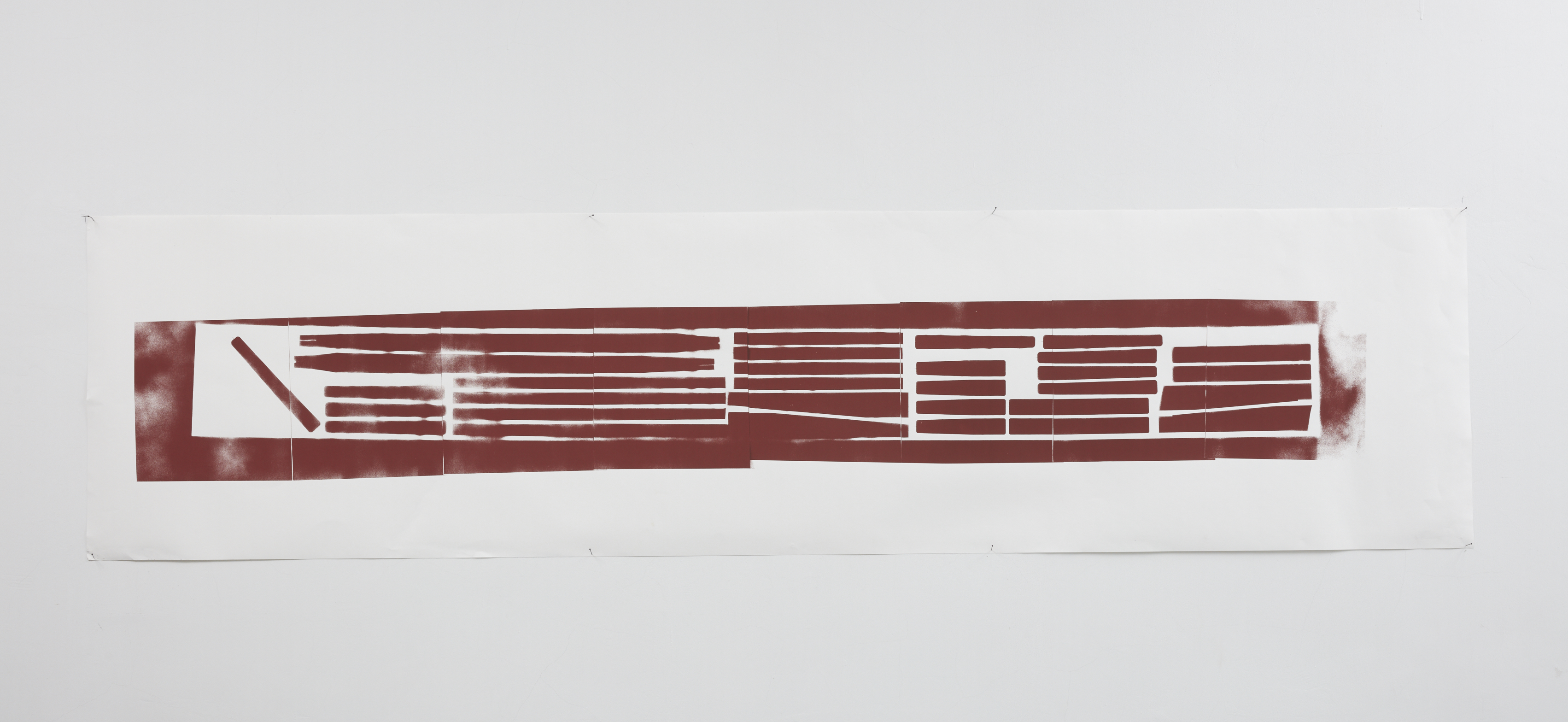
2019
Paper, ink, acrylic
Paper: 34 x 225 cm; Frame: 38 x 231 x 4 cm
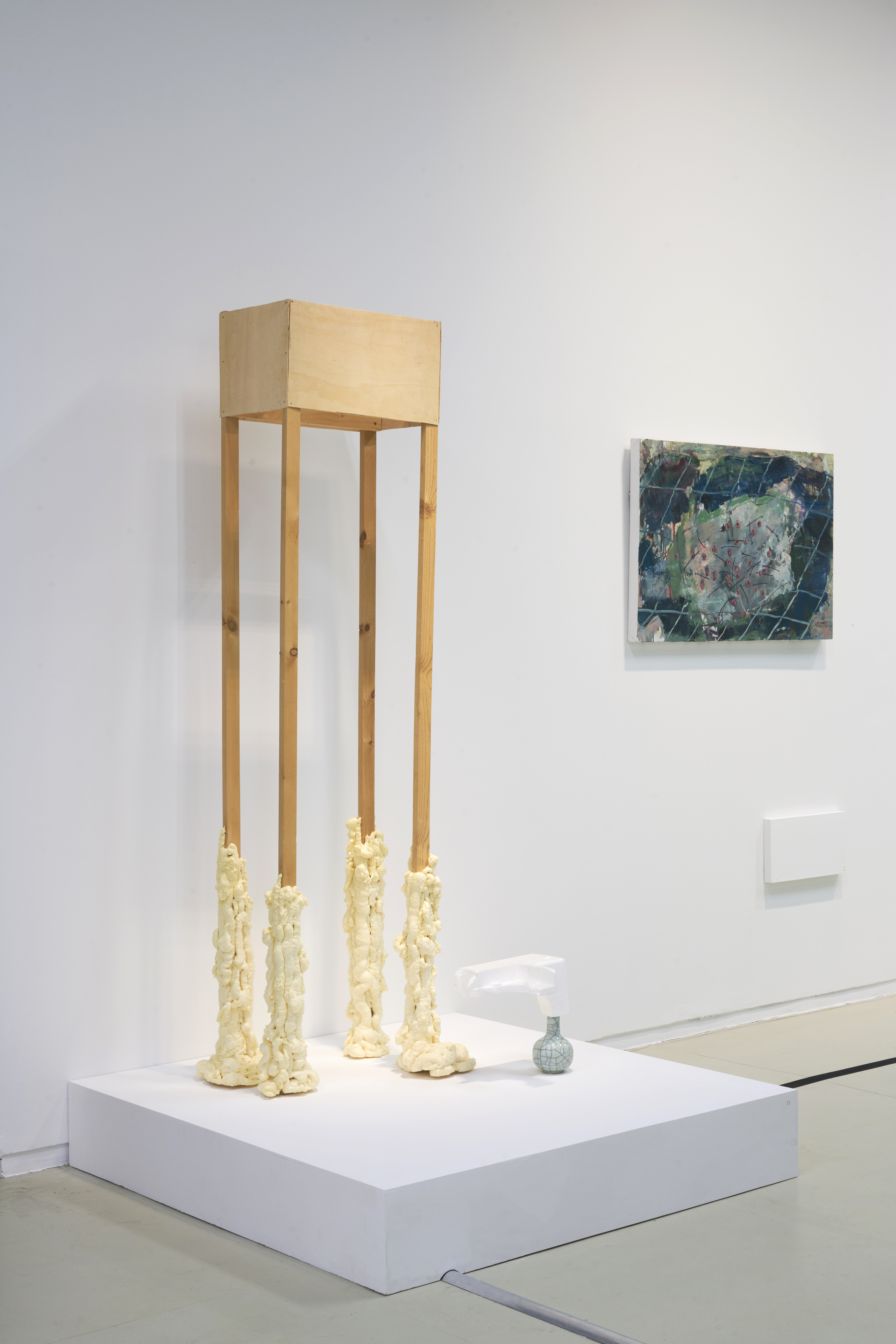
‘A tree fell in the forest, and no one’s there’, Emerging Curators Project at Power Station of Art, Shanghai, China, 2018
Photo by He Zhaonan
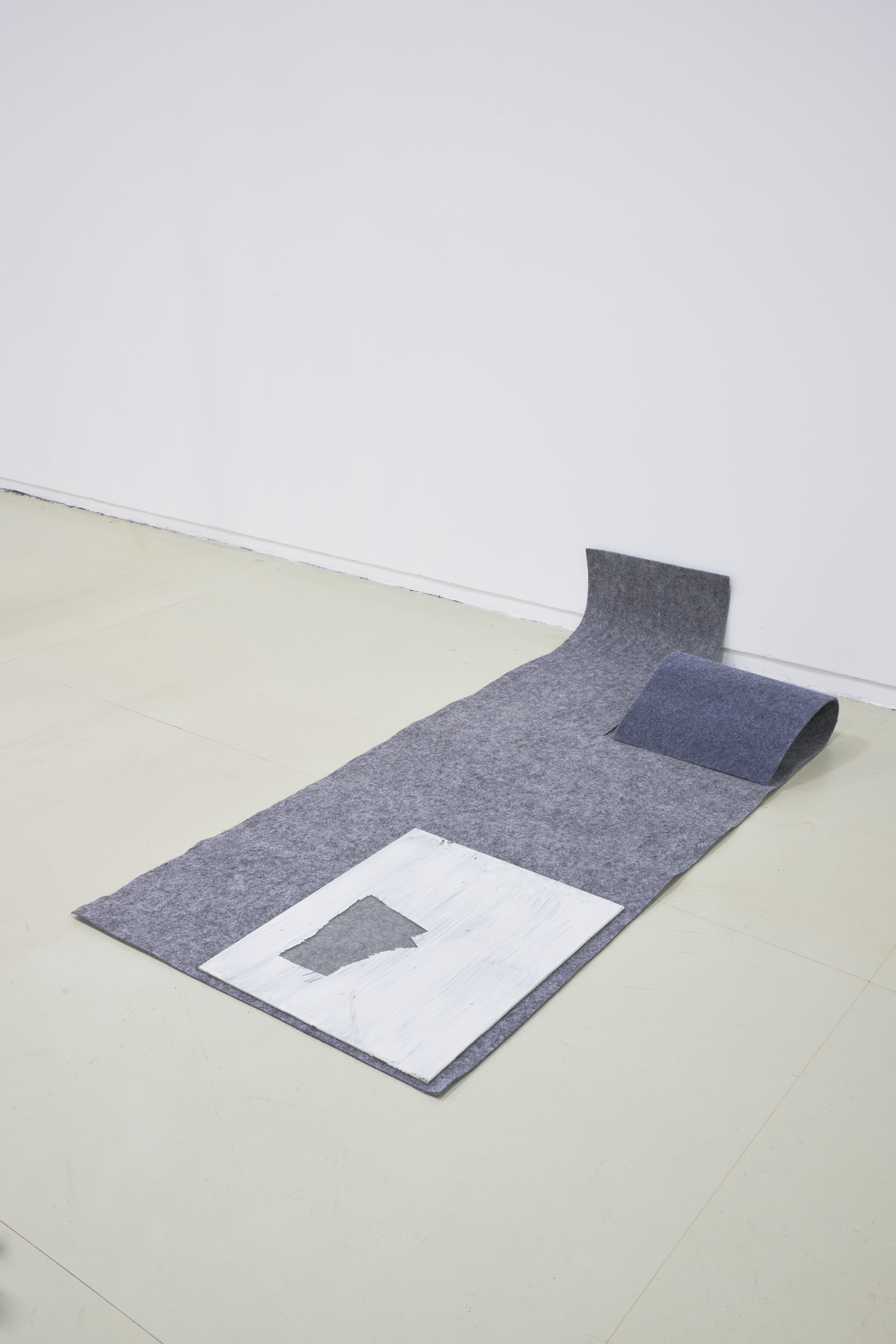
‘A tree fell in the forest, and no one’s there’, Emerging Curators Project at Power Station of Art, Shanghai, China, 2018
Photo by He Zhaonan

‘A tree fell in the forest, and no one’s there’, Emerging Curators Project at Power Station of Art, Shanghai, China, 2018
Photo by He Zhaonan
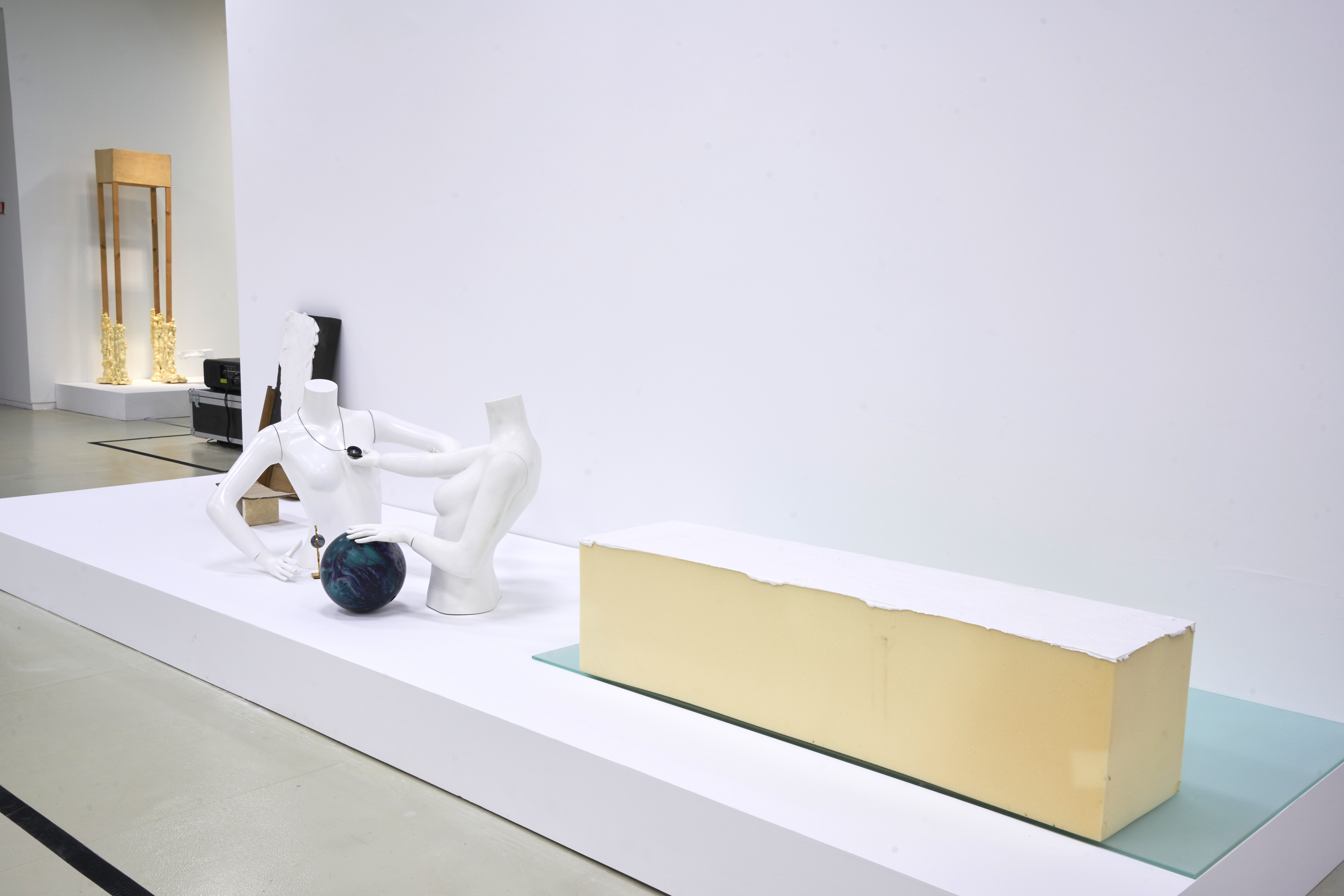
‘A tree fell in the forest, and no one’s there’, Emerging Curators Project at Power Station of Art, Shanghai, China, 2018
Photo by He Zhaonan
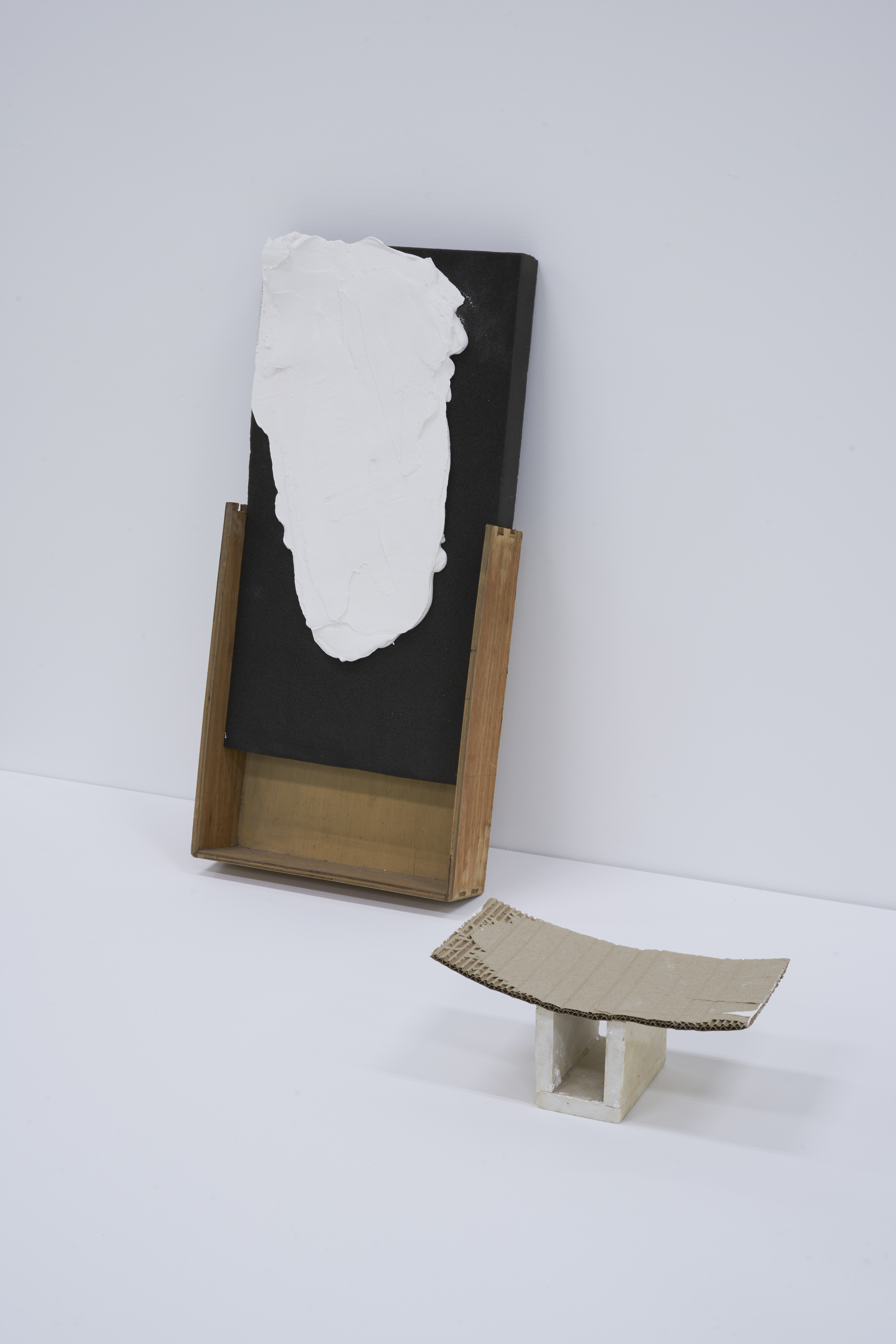
‘A tree fell in the forest, and no one’s there’, Emerging Curators Project at Power Station of Art, Shanghai, China, 2018
Photo by He Zhaonan
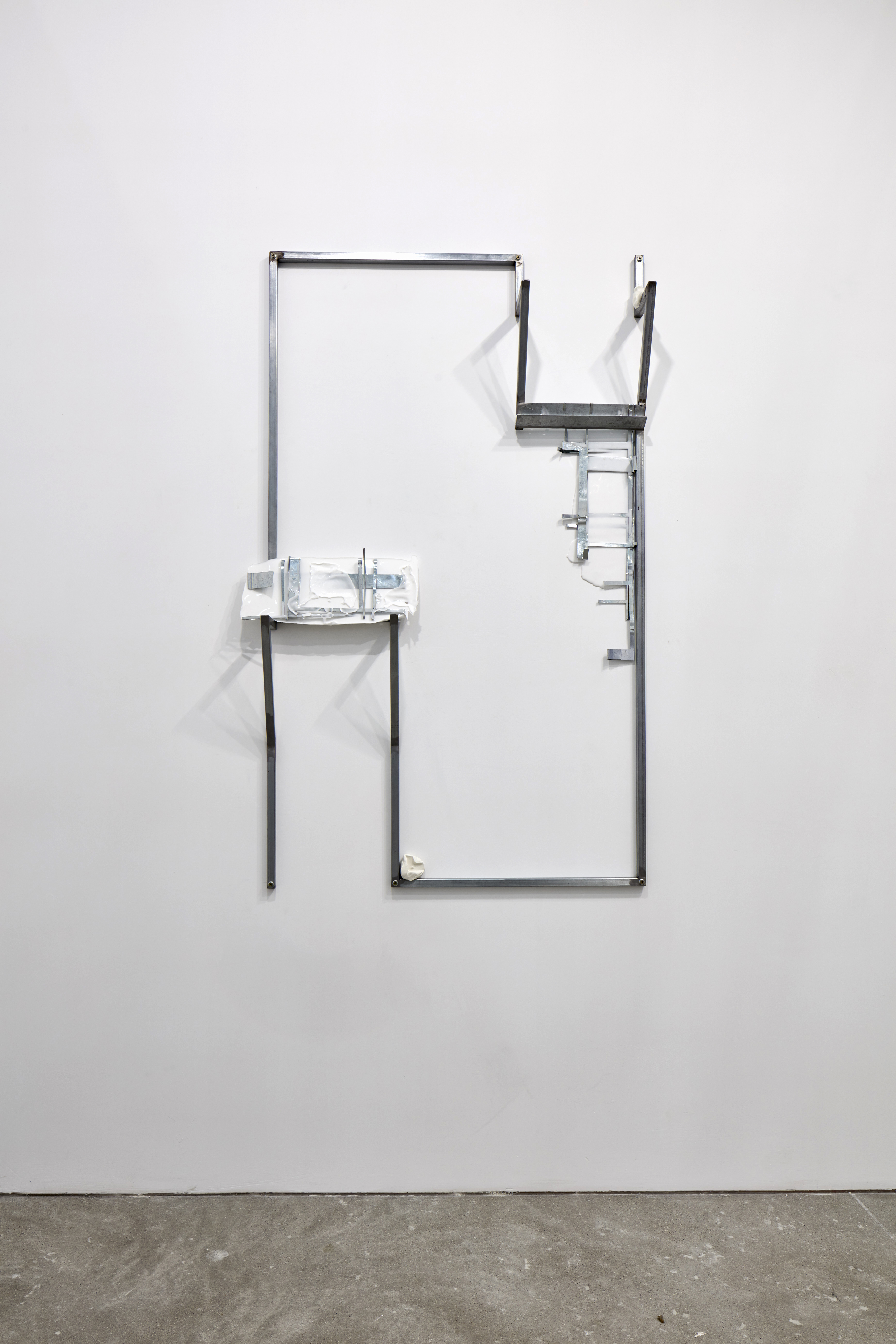
2018
Galvanised iron square pipe, silicone, paper clay
158 x 100 x 16 cm
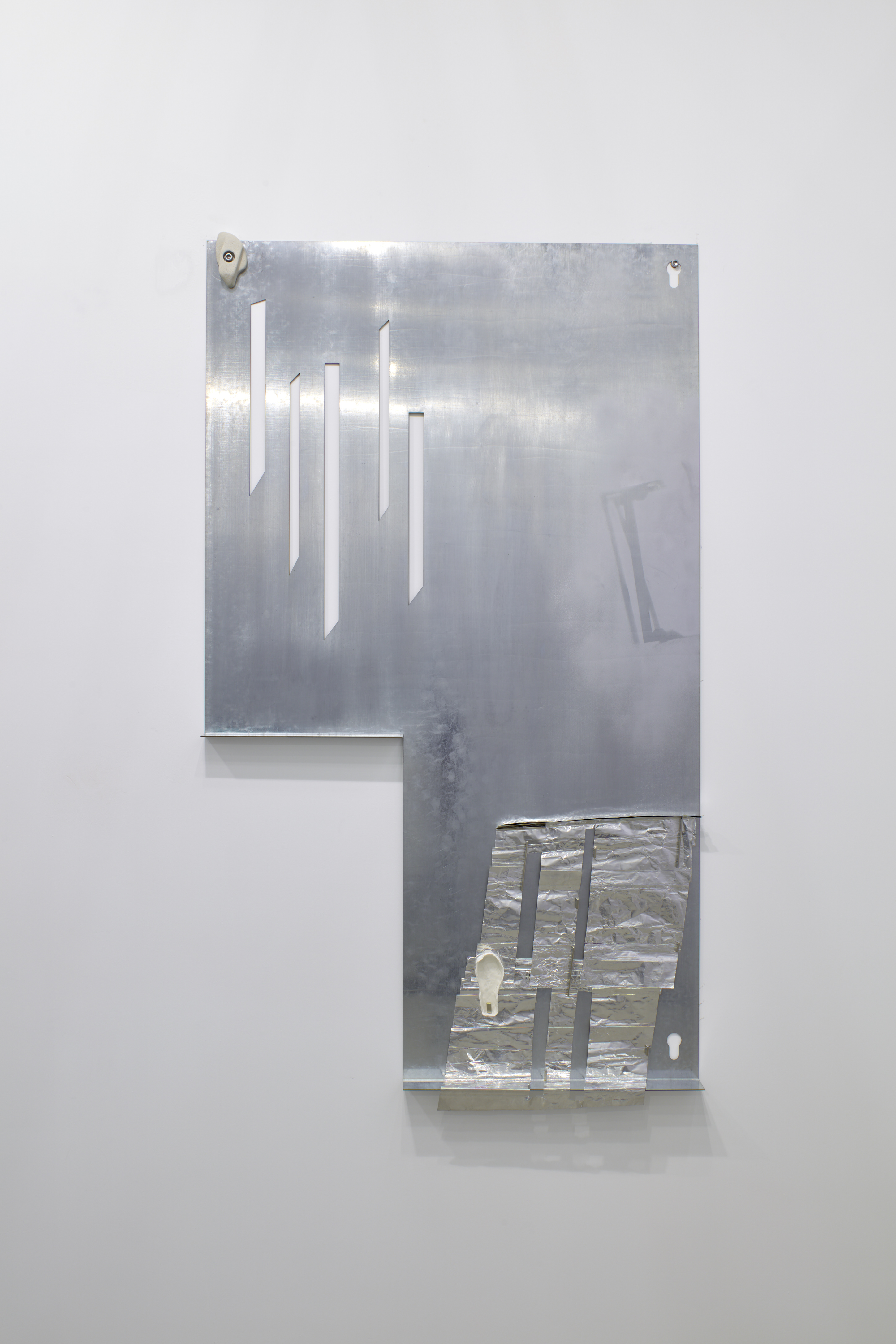
2018
Galvanised iron square board, aluminum, chrome plating paint, mixed resin, magnet, paper clay
176 x 100 x 12 cm
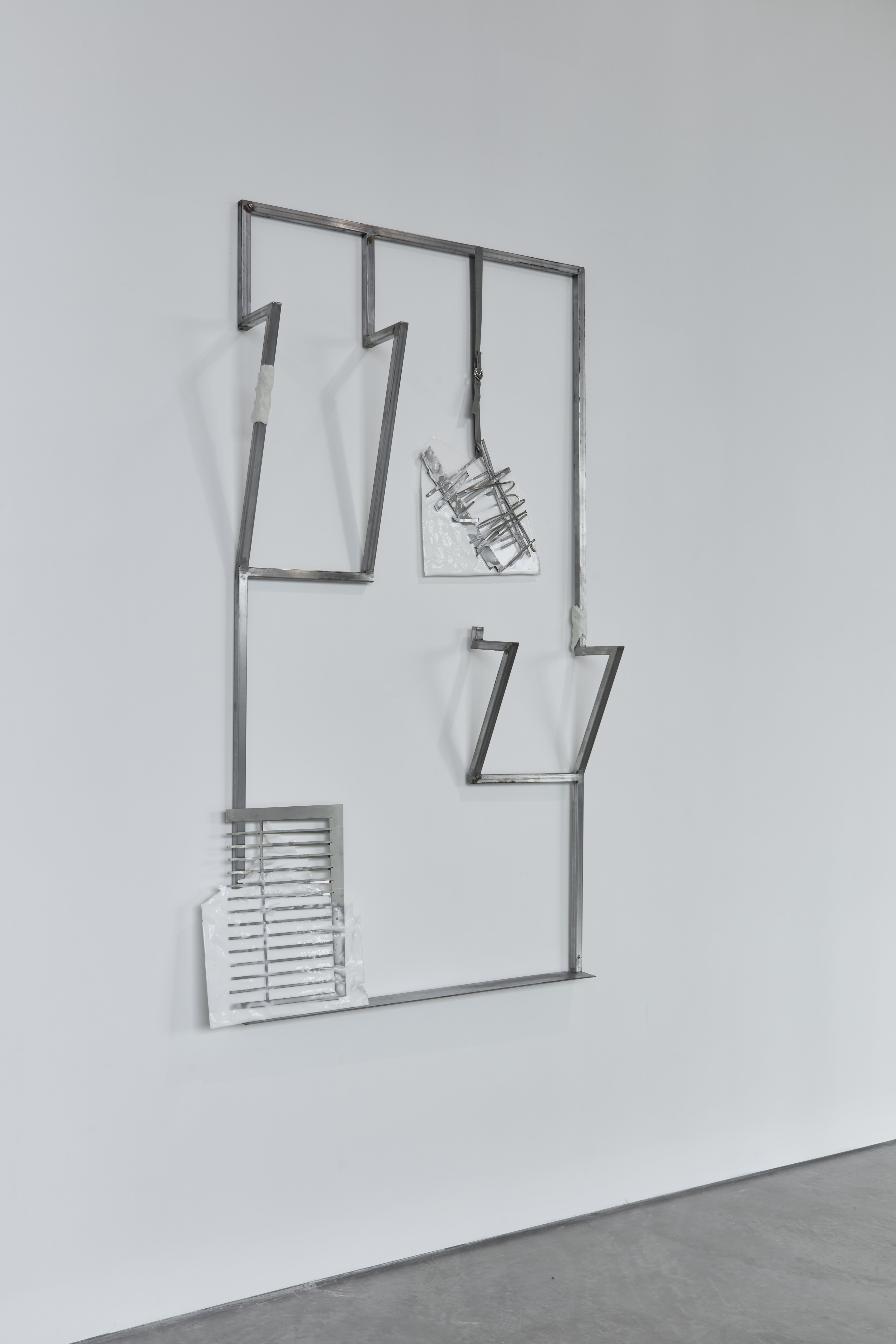
2018
Recycled galvanised iron square pipe, stainless steel, silicone, paper clay, nylon ribbon
160 x 93 x 16.5 cm
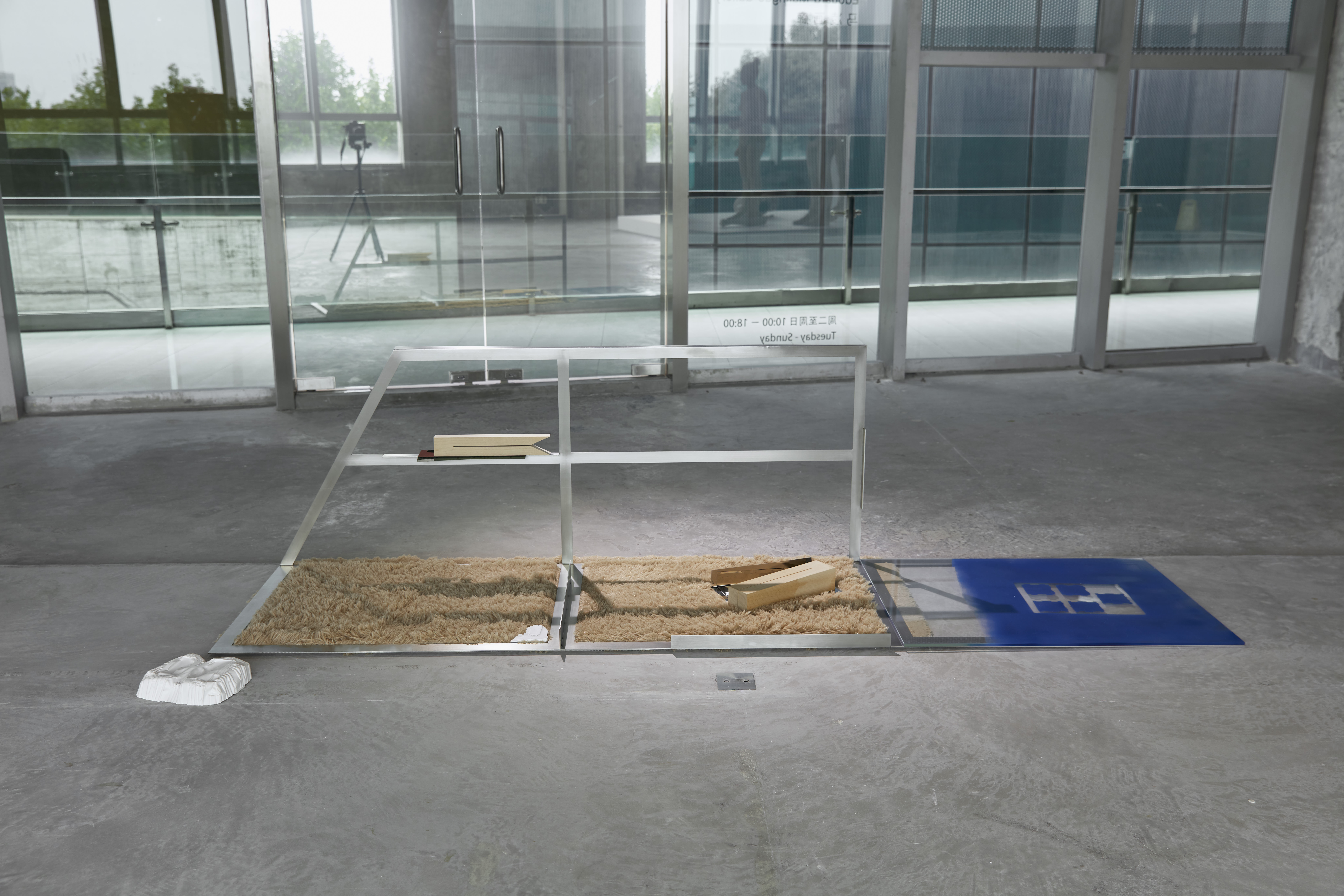
2018
Rug, spray painted glass, wood, plaster, stainless steel, sand paper
246 x 88 x 60 cm
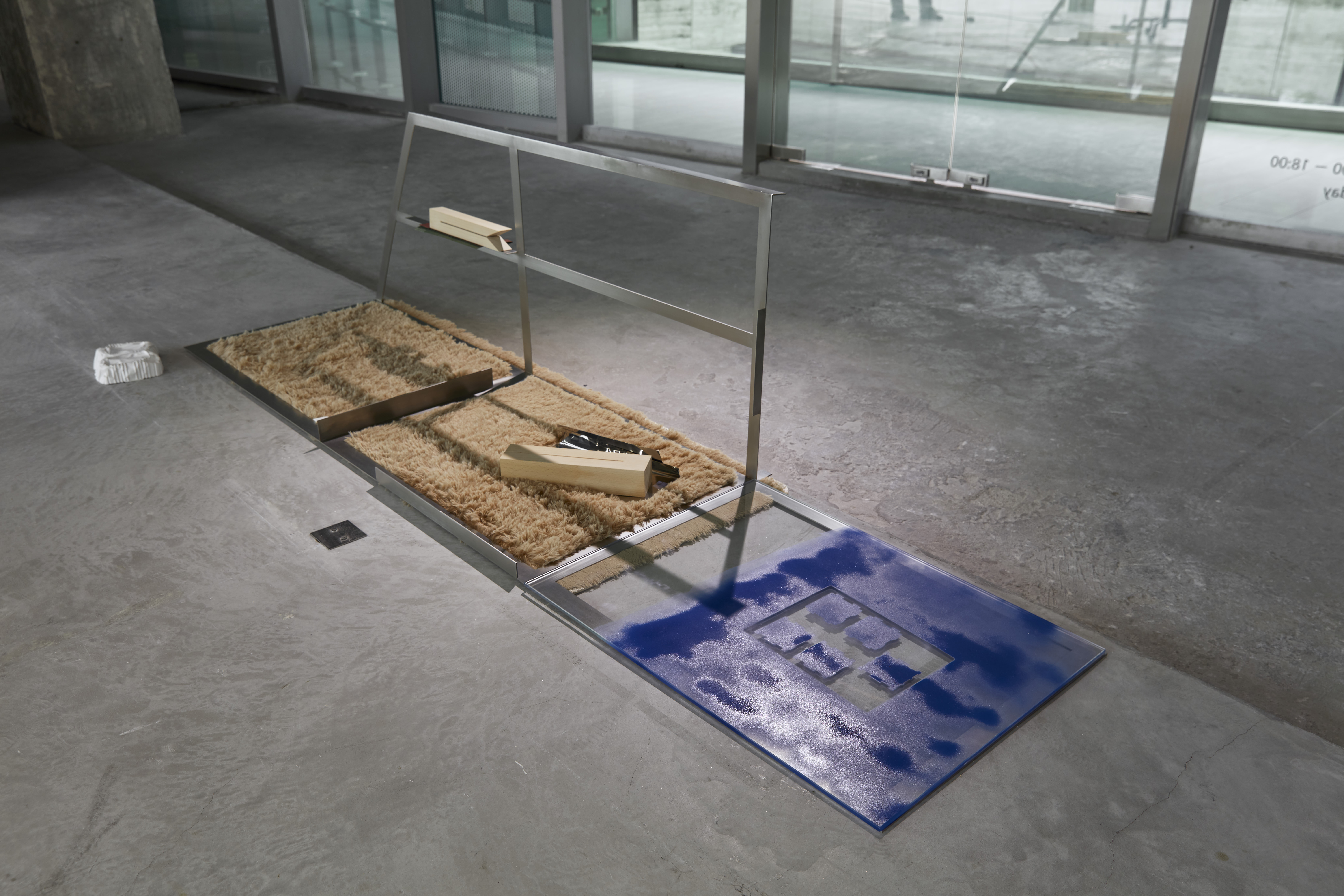
2018
Rug, spray painted glass, wood, plaster, stainless steel, sand paper
246 x 88 x 60 cm
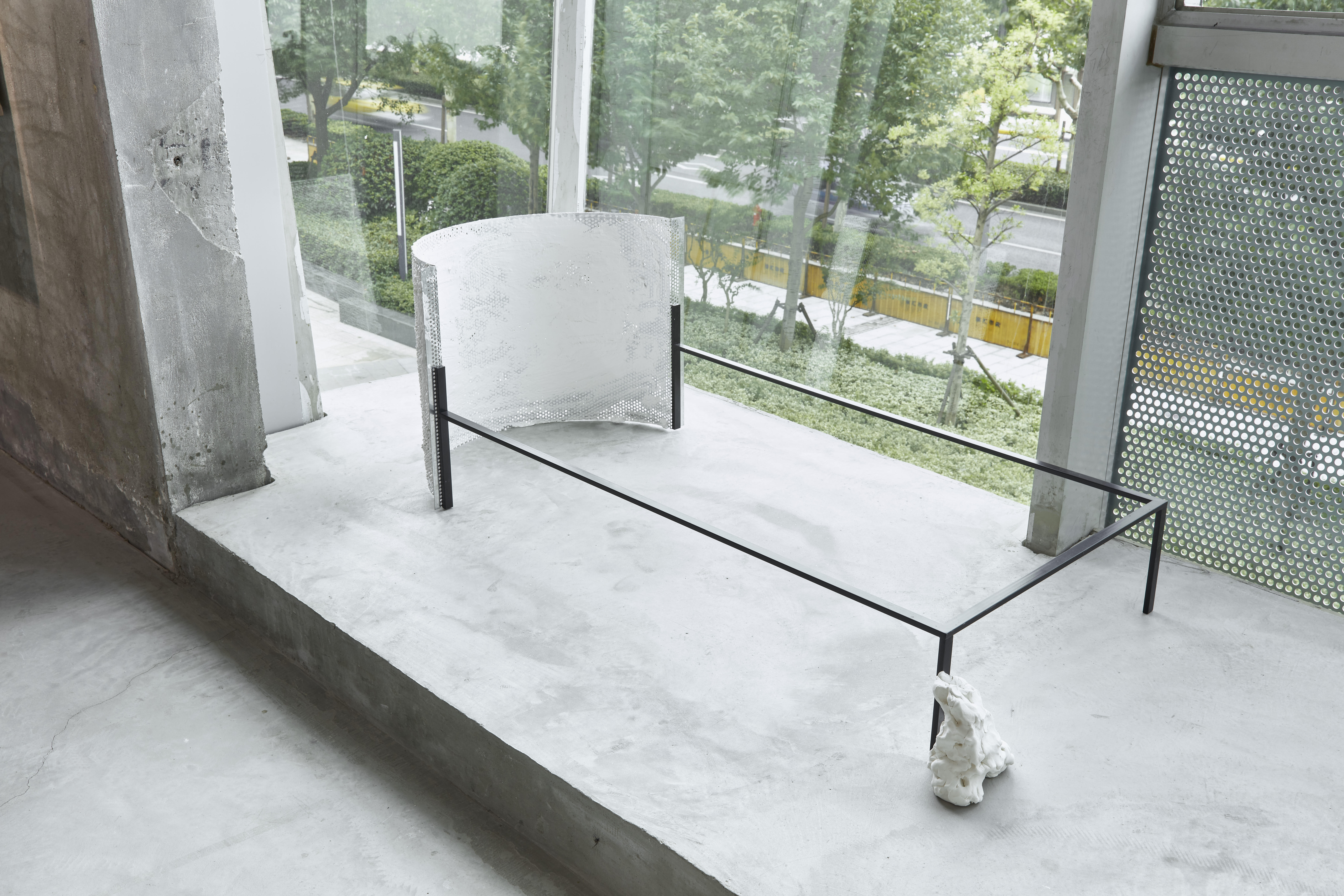
2018
Galvanised iron board, iron, paint, plaster, paper clay
164 x 70.5 x 51 cm
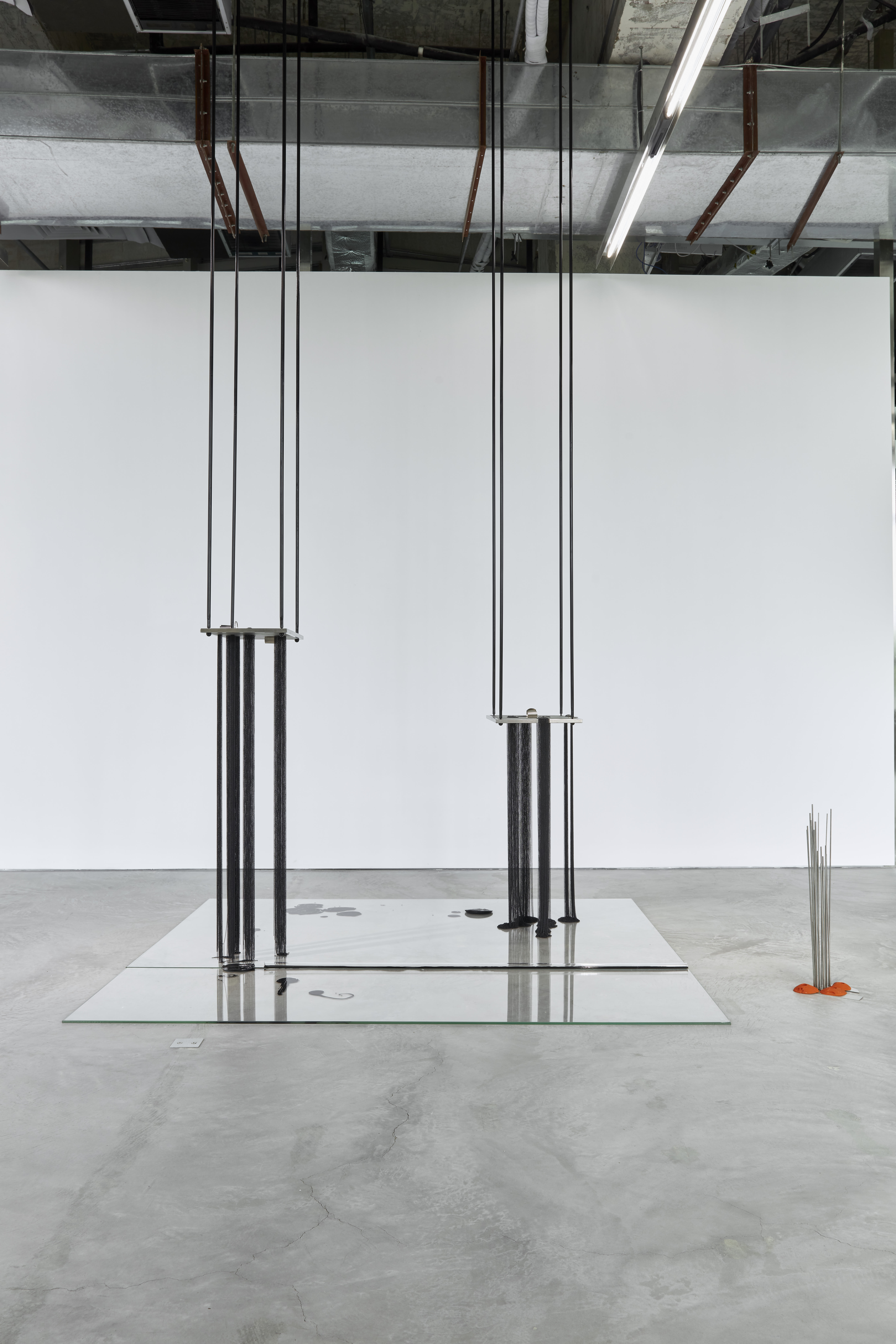
2018
Glass, acrylic, paint, stainless steel, copper chain, silicone, fiber glass
200 x 254 x 500 cm
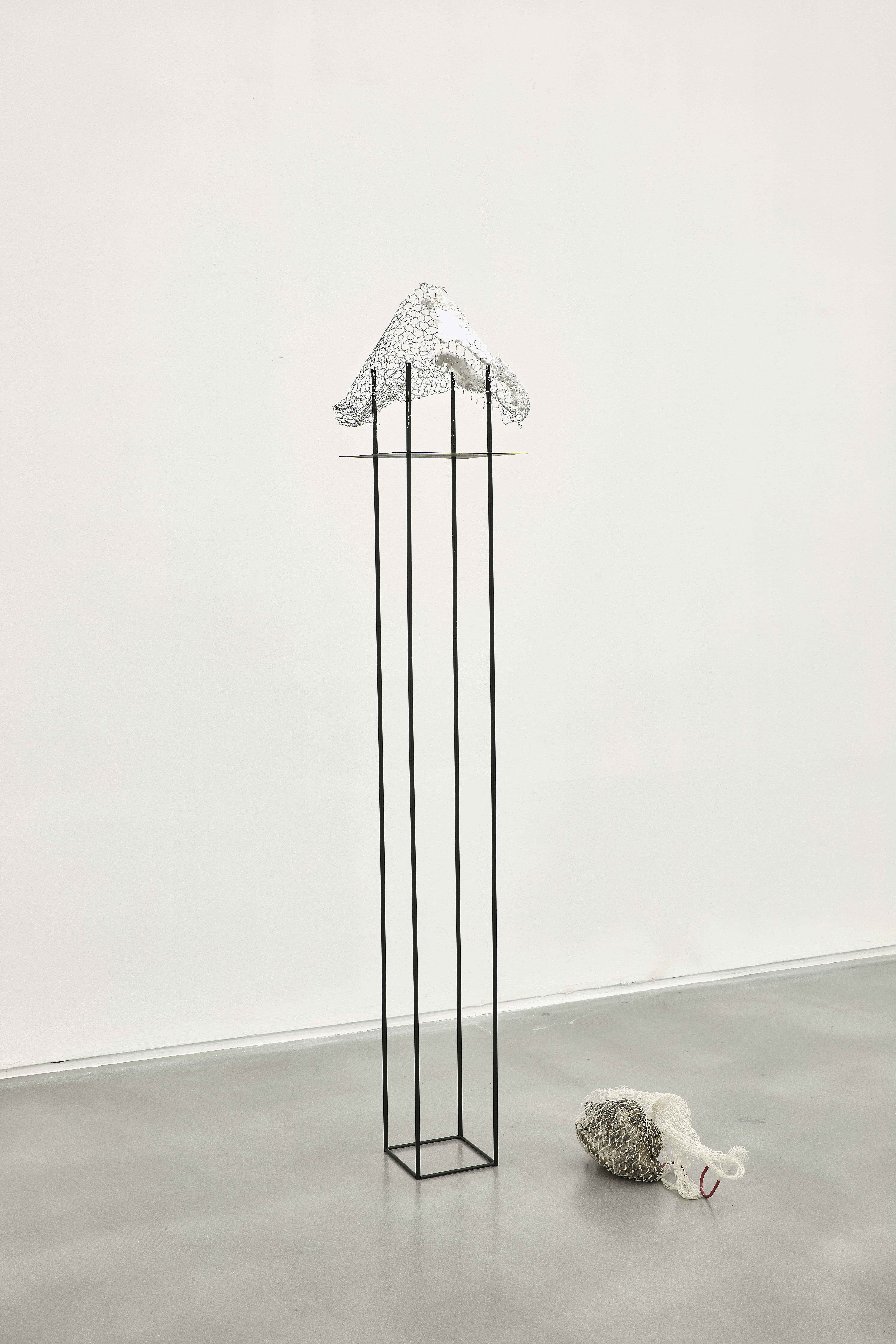
2016
Metal plaster, chicken wire, concrete, nylon net
Dimensions variable
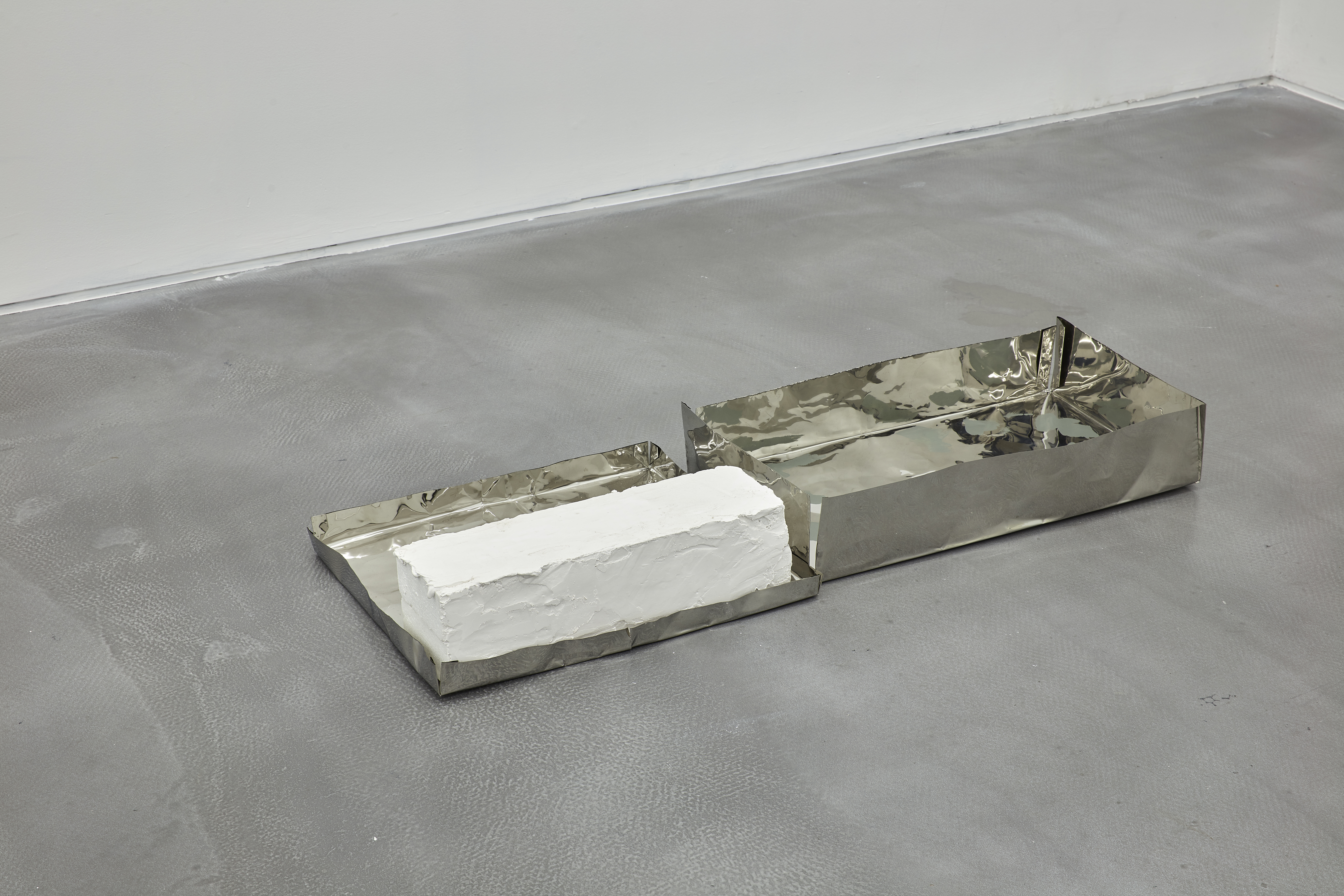
2016
Stainless steel, styrofoam, plaster, paint
122.5 x 45.5 x 15 cm
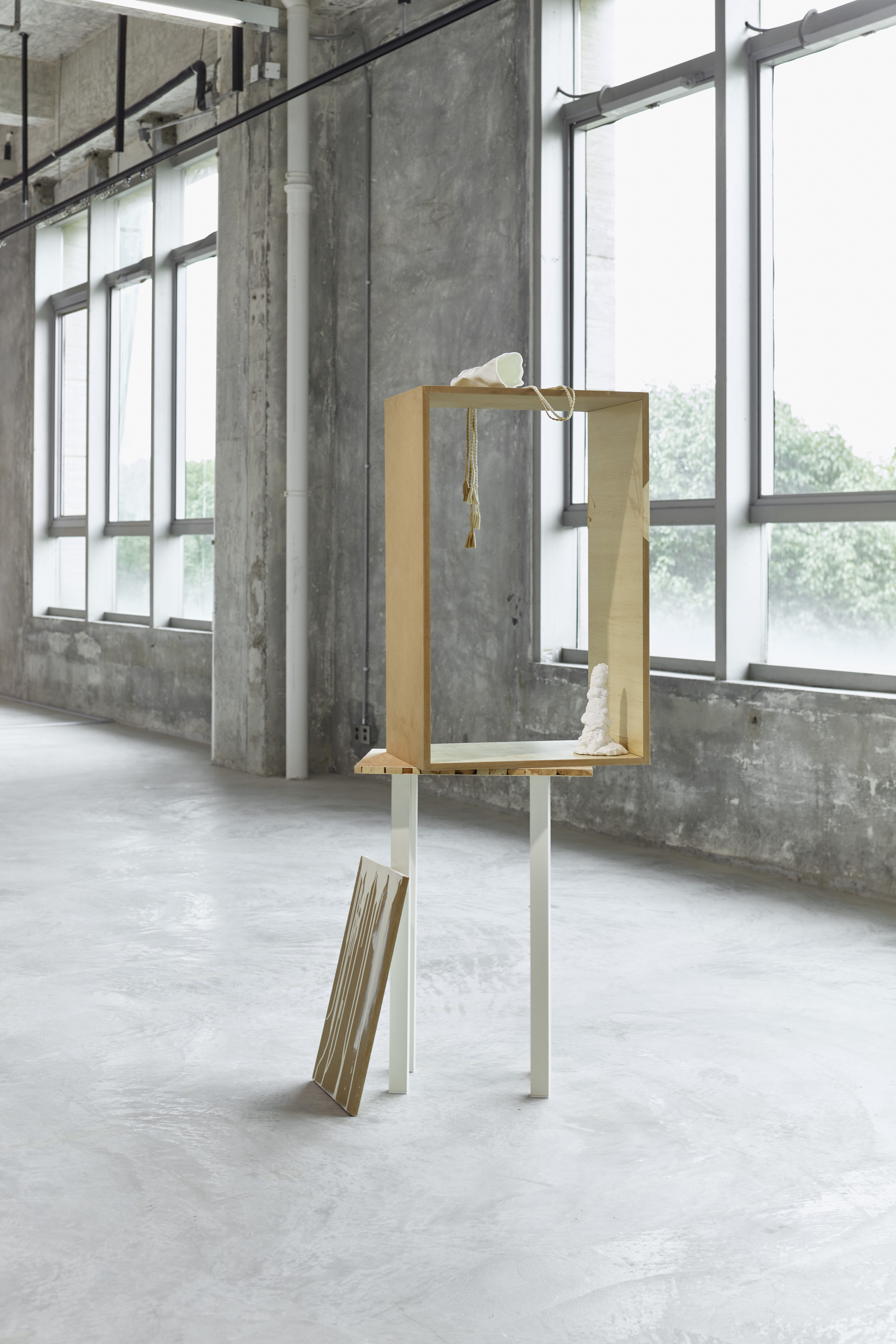
2015
MDF board, ply- wood board, plaster, PVC sticker, paint, IKEA desk legs, ceramic, chamois leather
160 x 72 x 43 cm
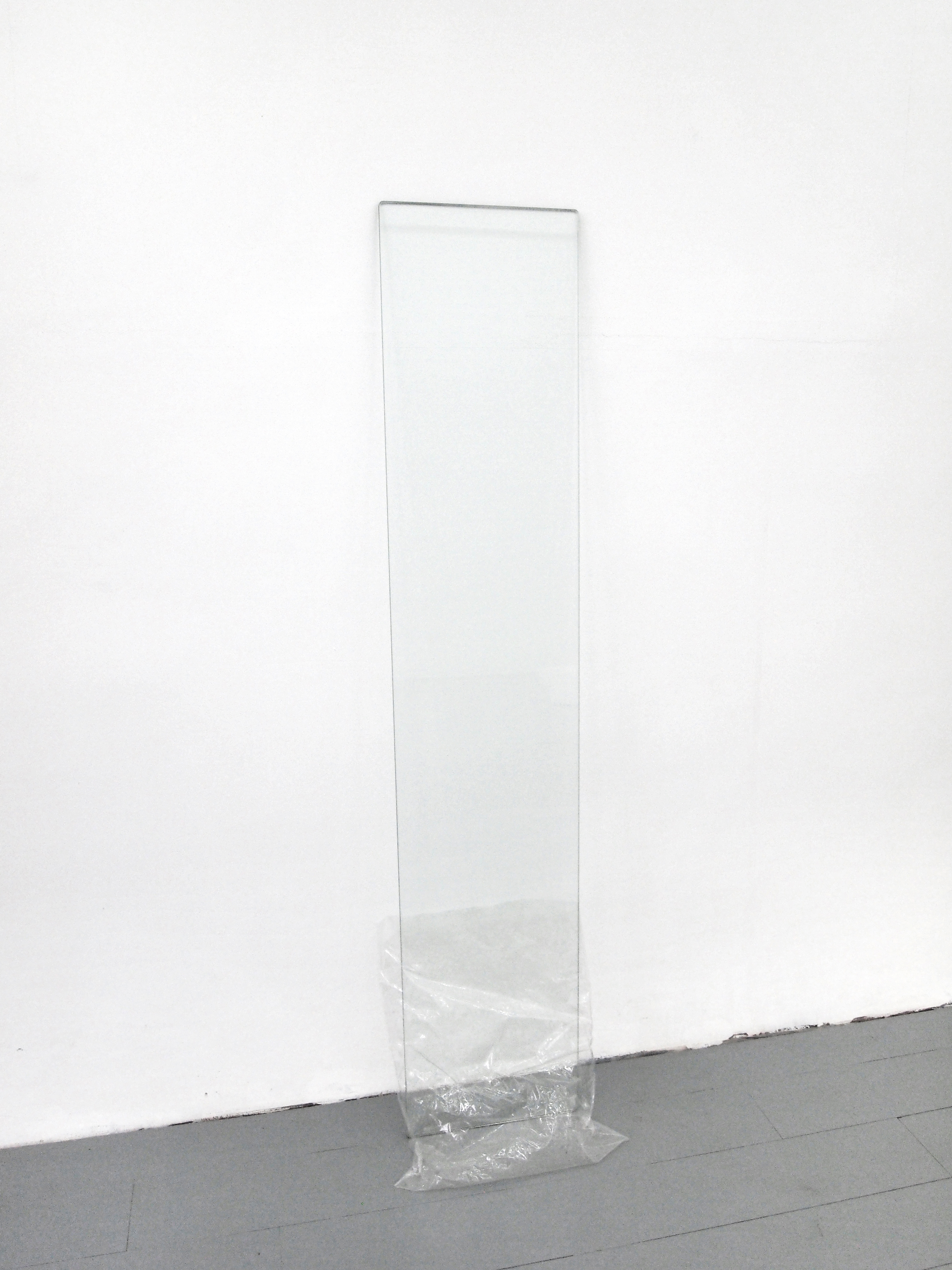
2015
glass, clear plastic bag
26 x 10 x 128 cm
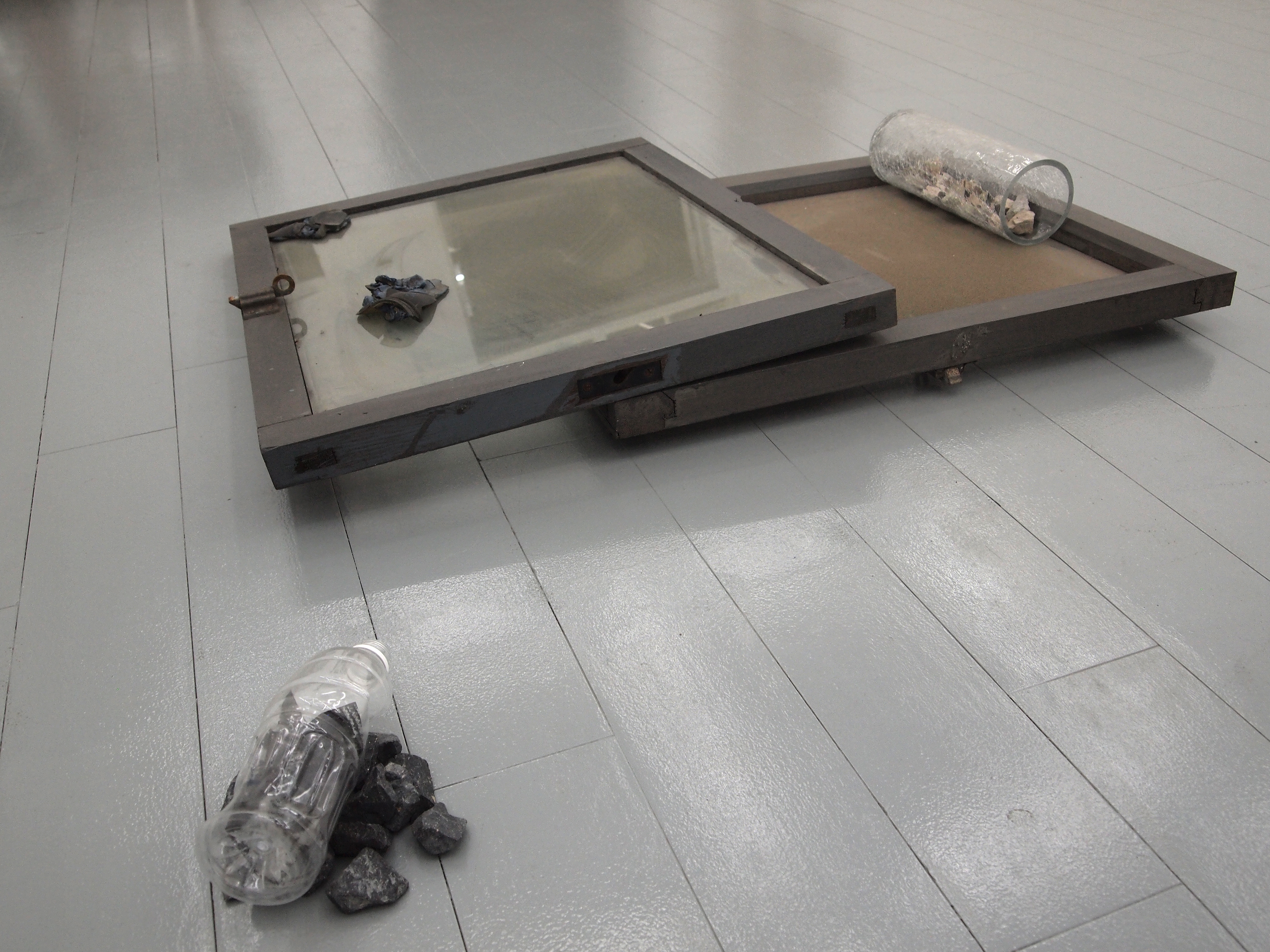
2015
Window panel, dust, glass, paint, stone, plastic, bottle, car, sunshade sticker
100 x 100 x 16 cm
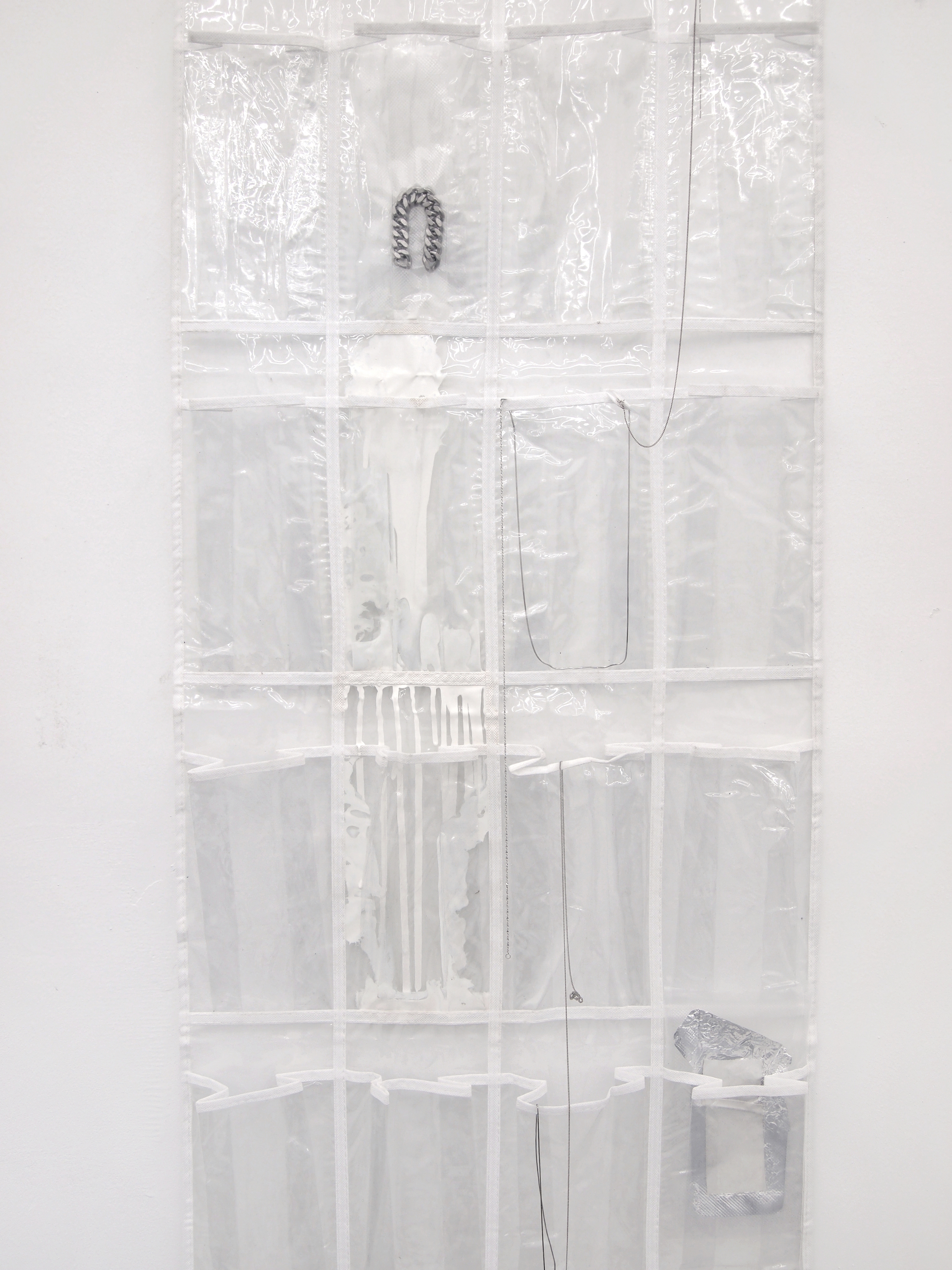
2015
PVC plastic, paint, stainless steel chain, tin foil, tape, shrink wrap
50 x 10 x 165 cm
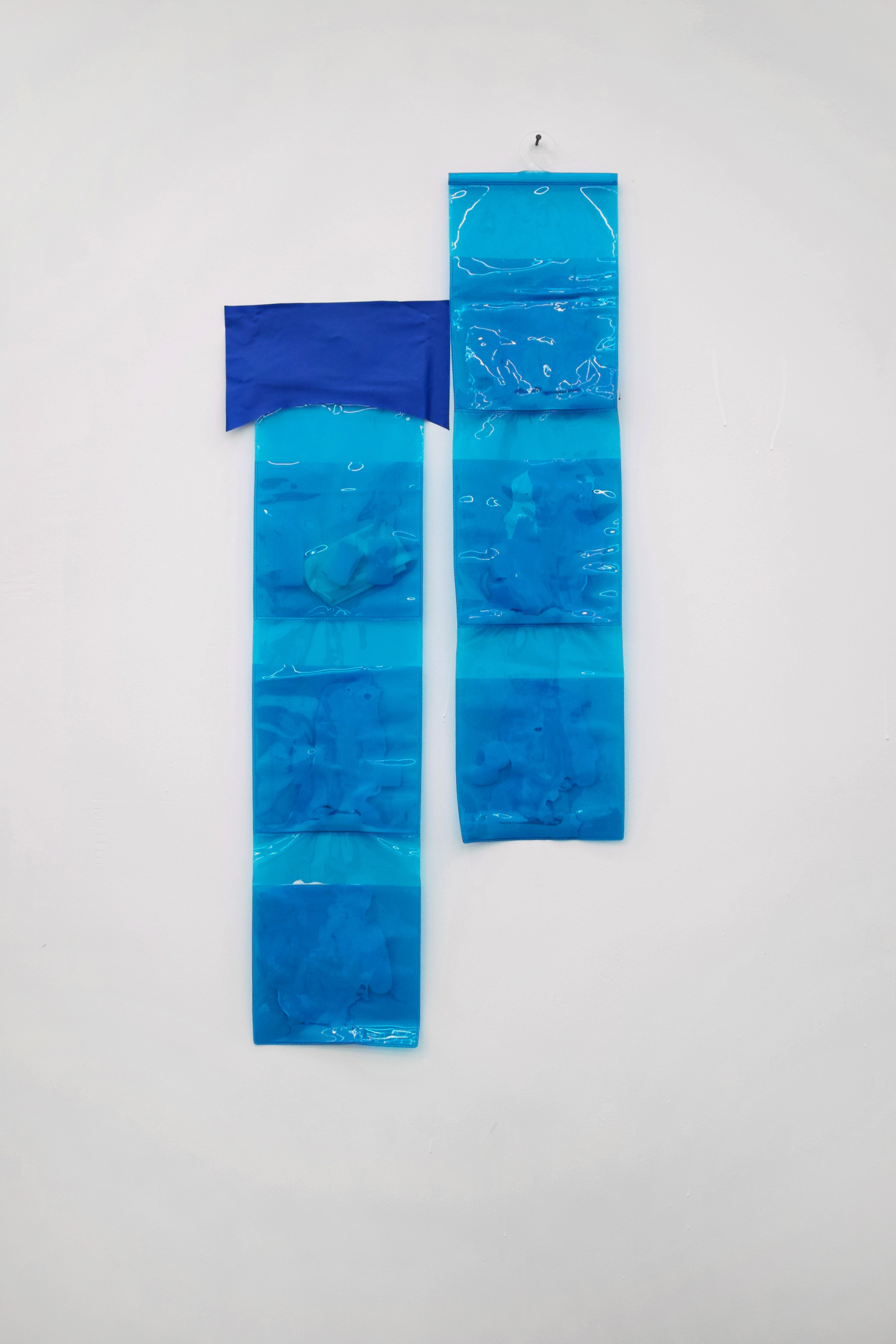
2015
PVC plastic, paint, gaffer tape, paper laminate
40 x 3 x 85 cm

2015
MDF board, paper laminate, spray paint, plastic sheet, marble, decorative cobble stone
150 x 80 x 25 cm
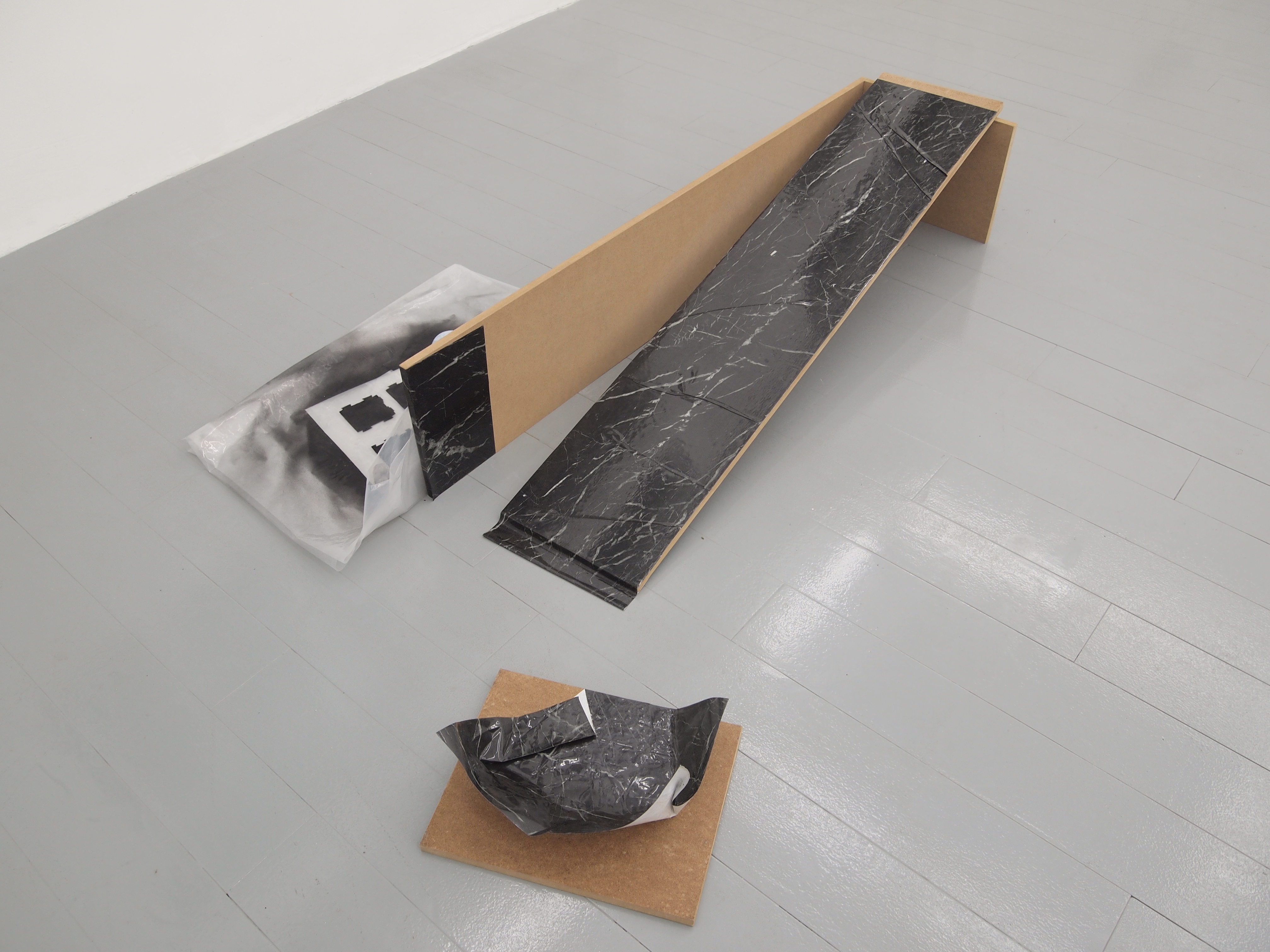
2015
MDF board, paper laminate, spray paint, plastic sheet, marble, decorative cobble stone
150 x 80 x 25 cm
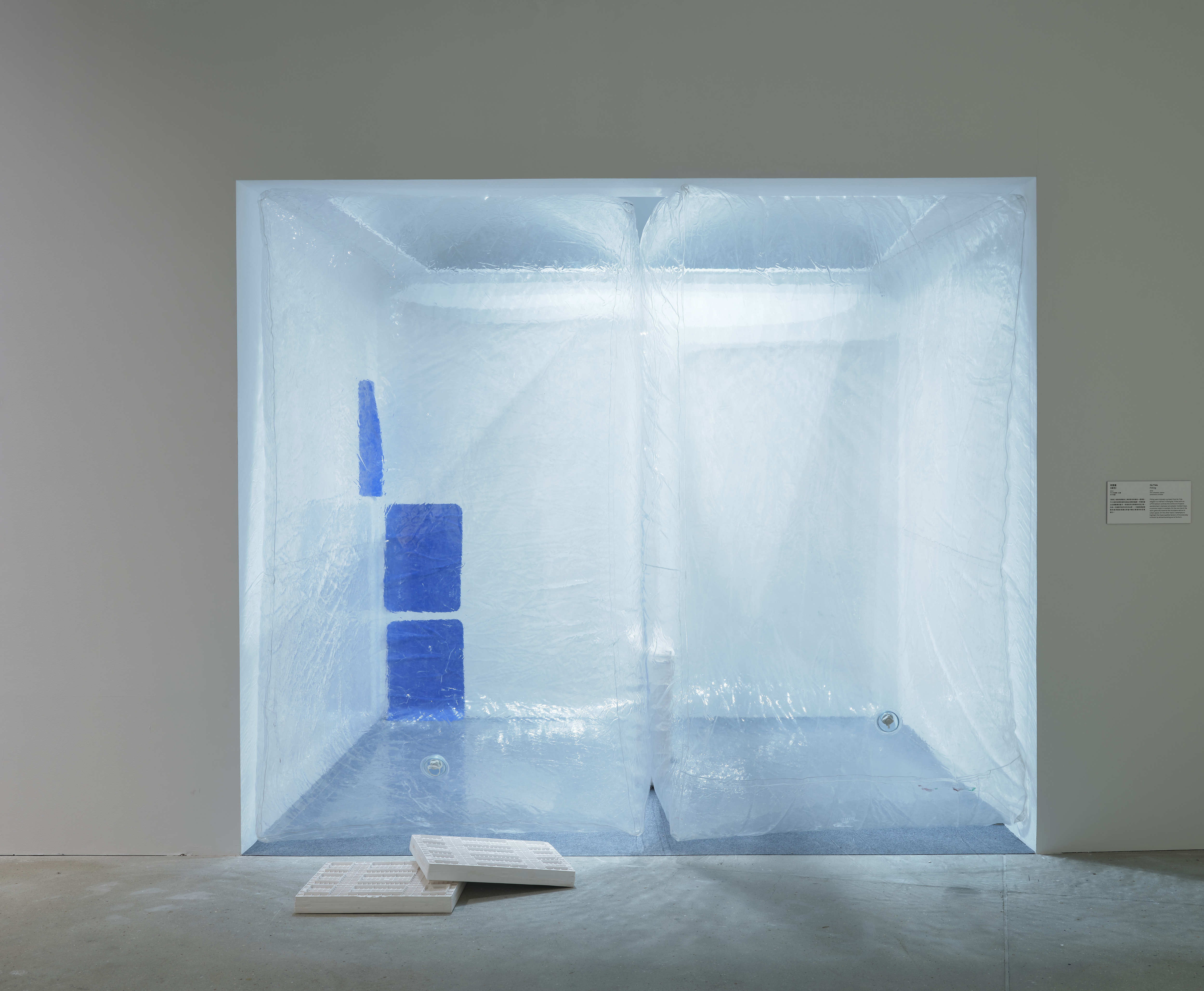
2014
PVC plastic, plaster
Dimensions variable
Courtesy Tai Kwun Contemporary. Photo by Kitmin Lee.
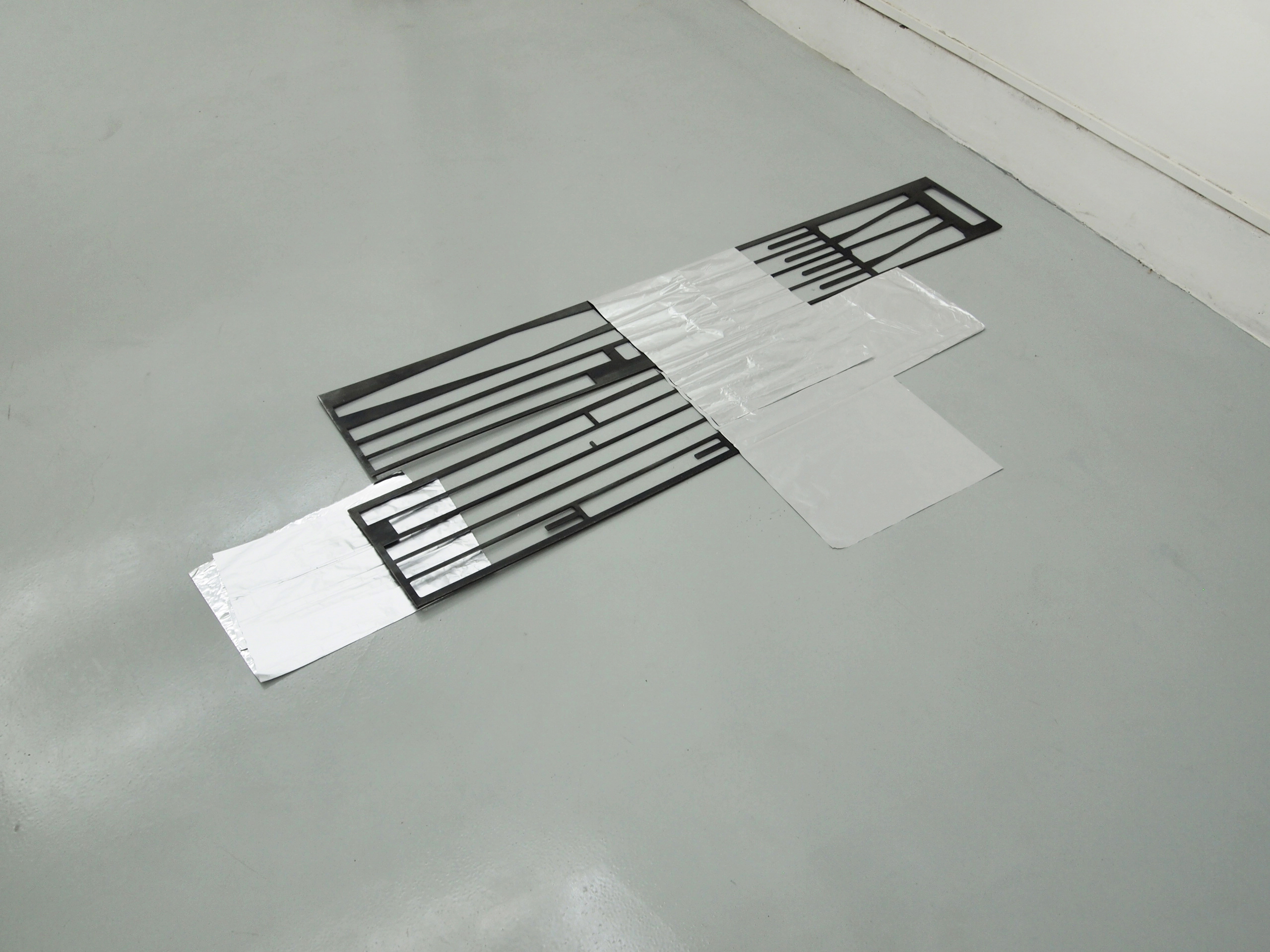
2014
Steel, tin foil
Dimensions variable
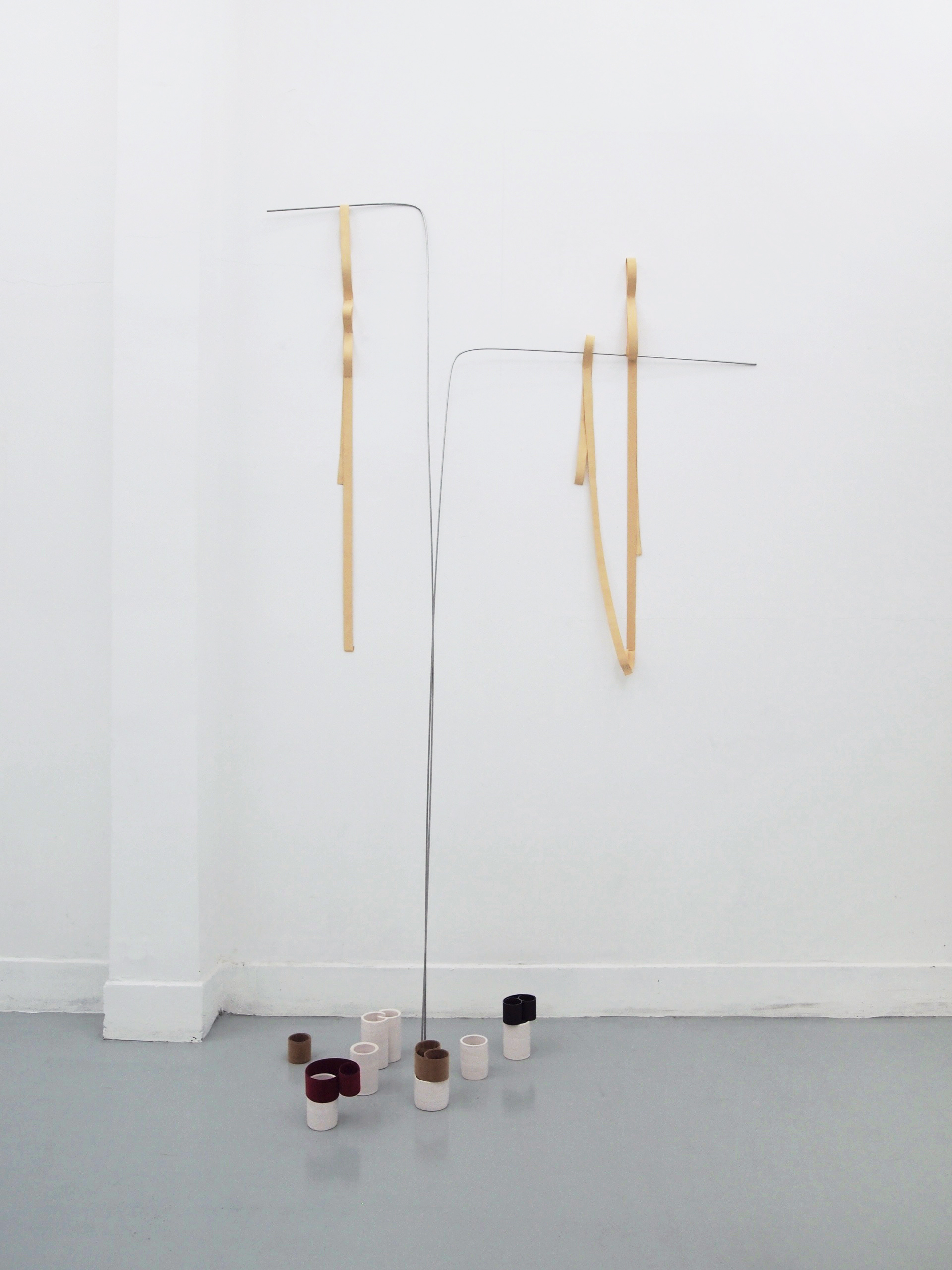
2014
Elastic band, stainless steel rod, ceramic, slap bracelet sealed with chamois leather cloth
Dimensions variable
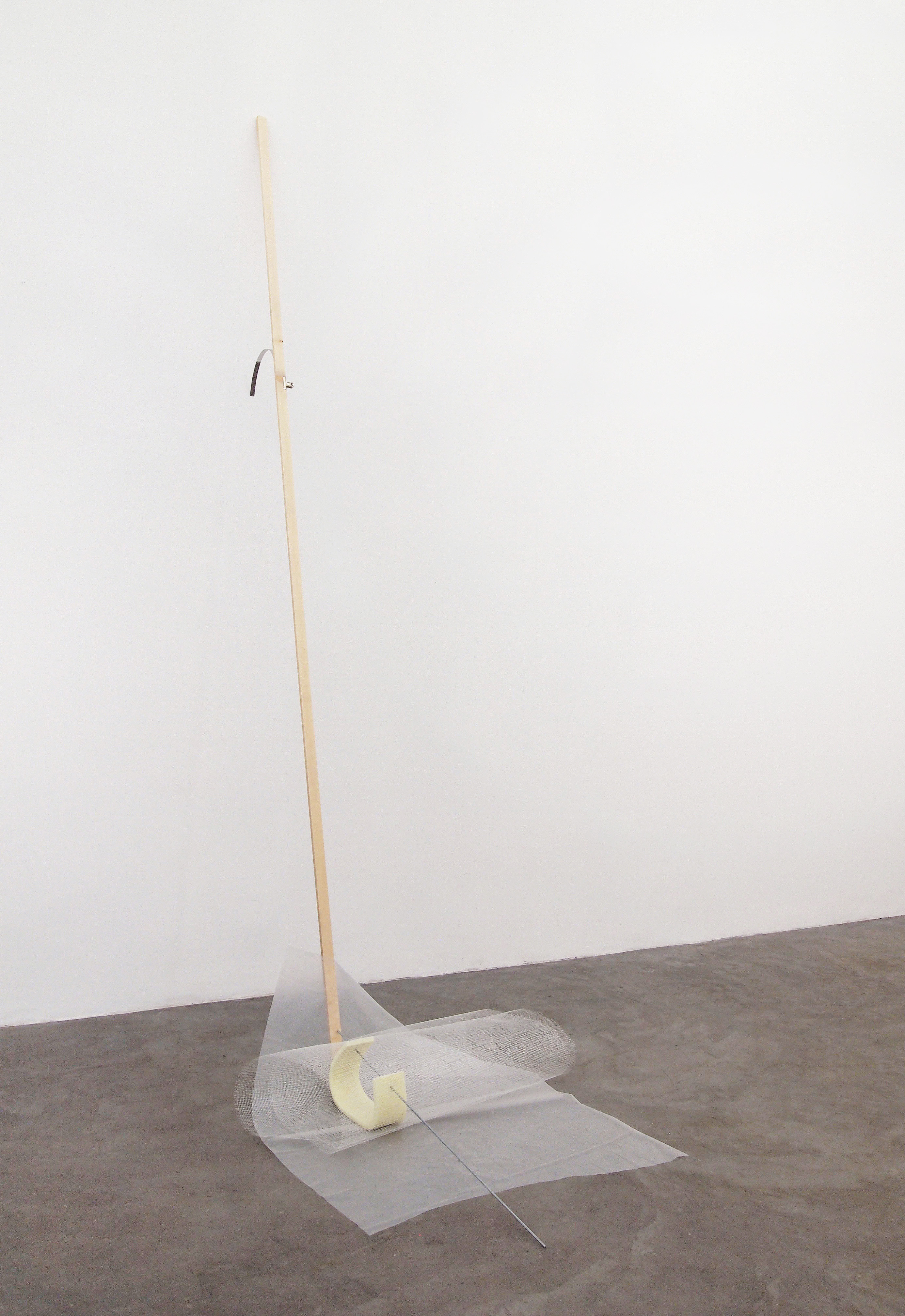
2013
Wood, stainless steel, nylon, sponge
Dimensions variable

2013
Wood, iron, elastic band, plastic sheet, acrylic, stainless steel, PU leather, paint
Dimensions variable
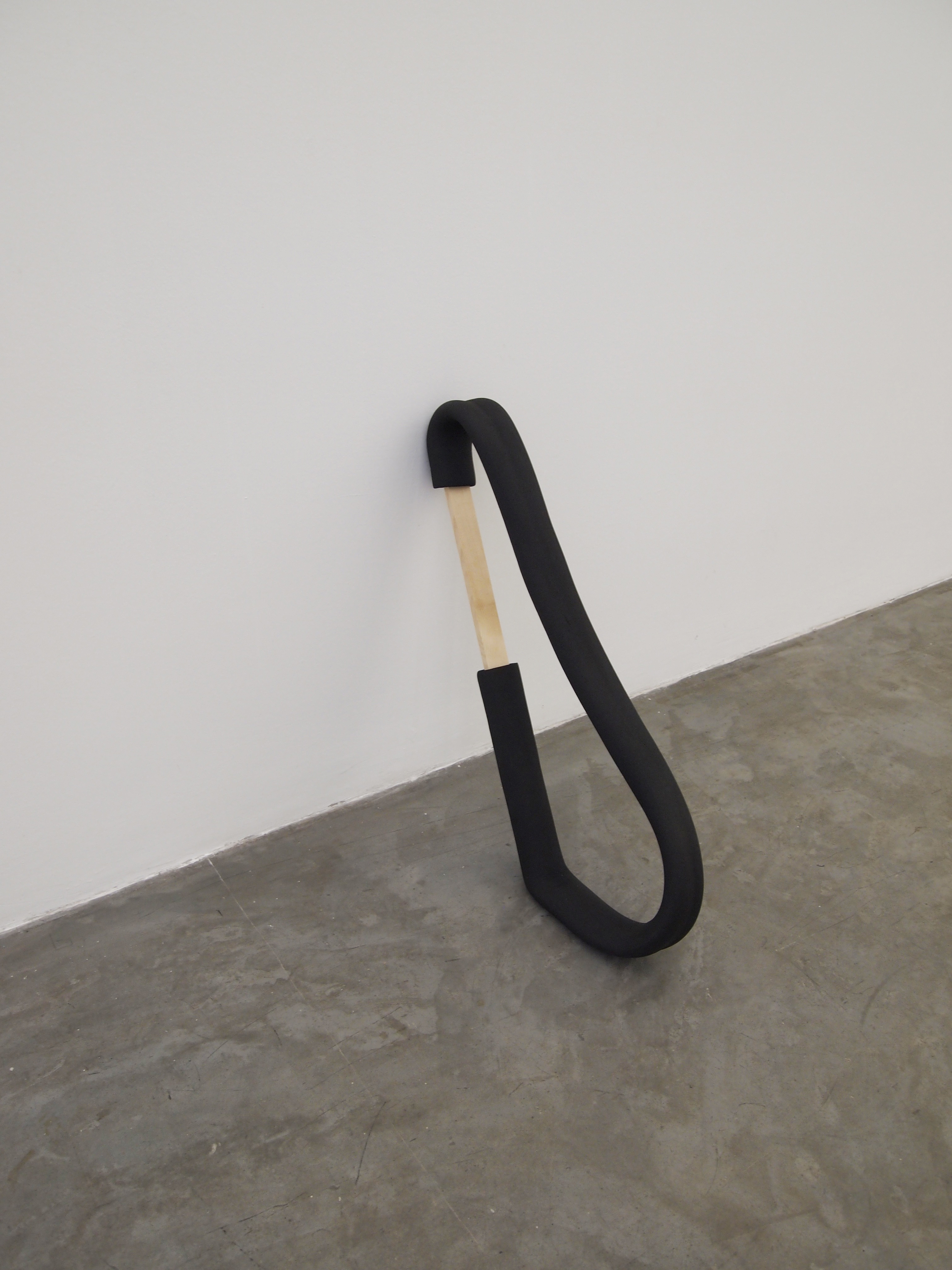
2013
Wood, rubber tube
Dimensions variable

2012
Wood, elastic band, stainless steel, PU leather
130 x 168 x 80 cm